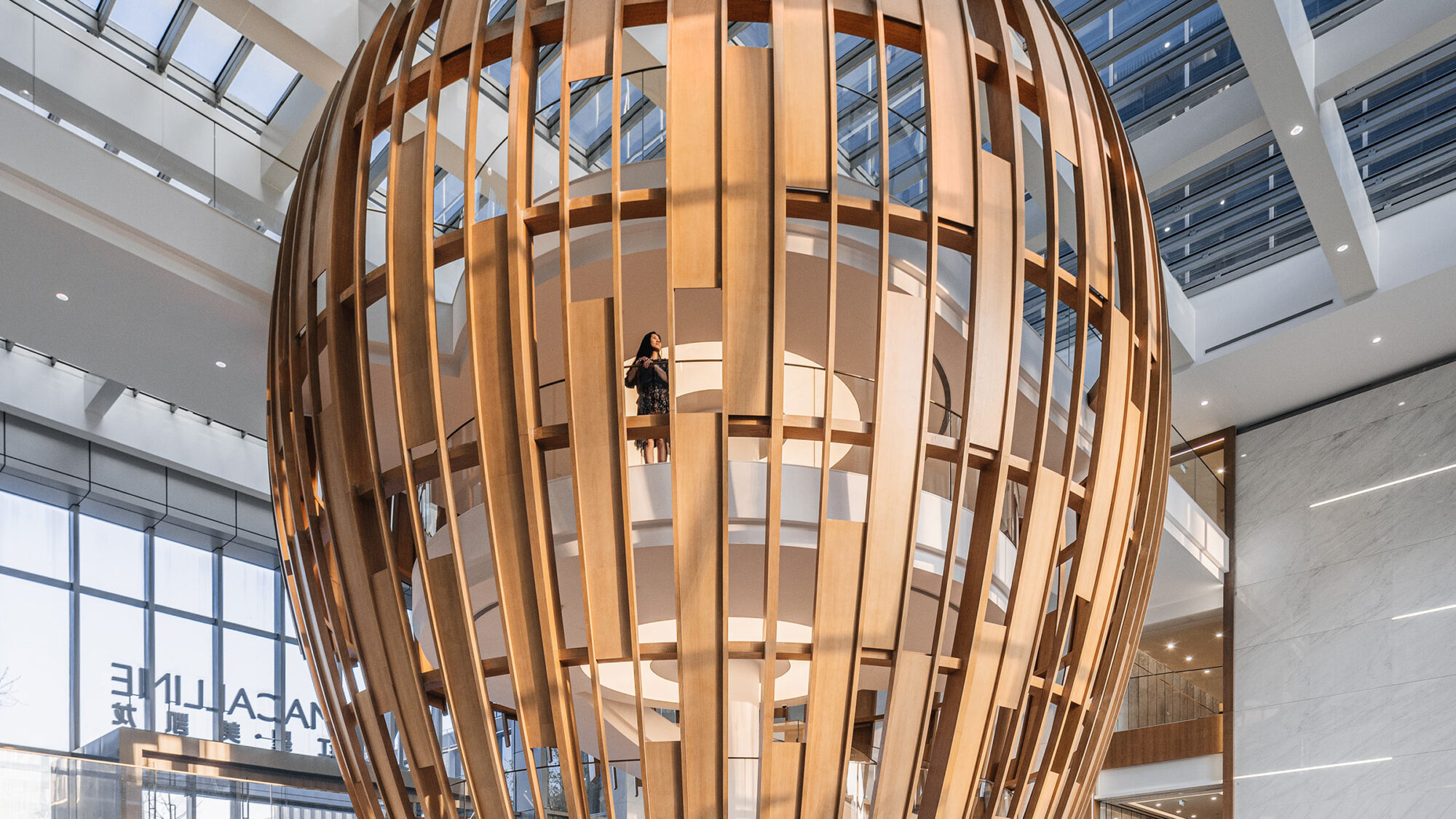

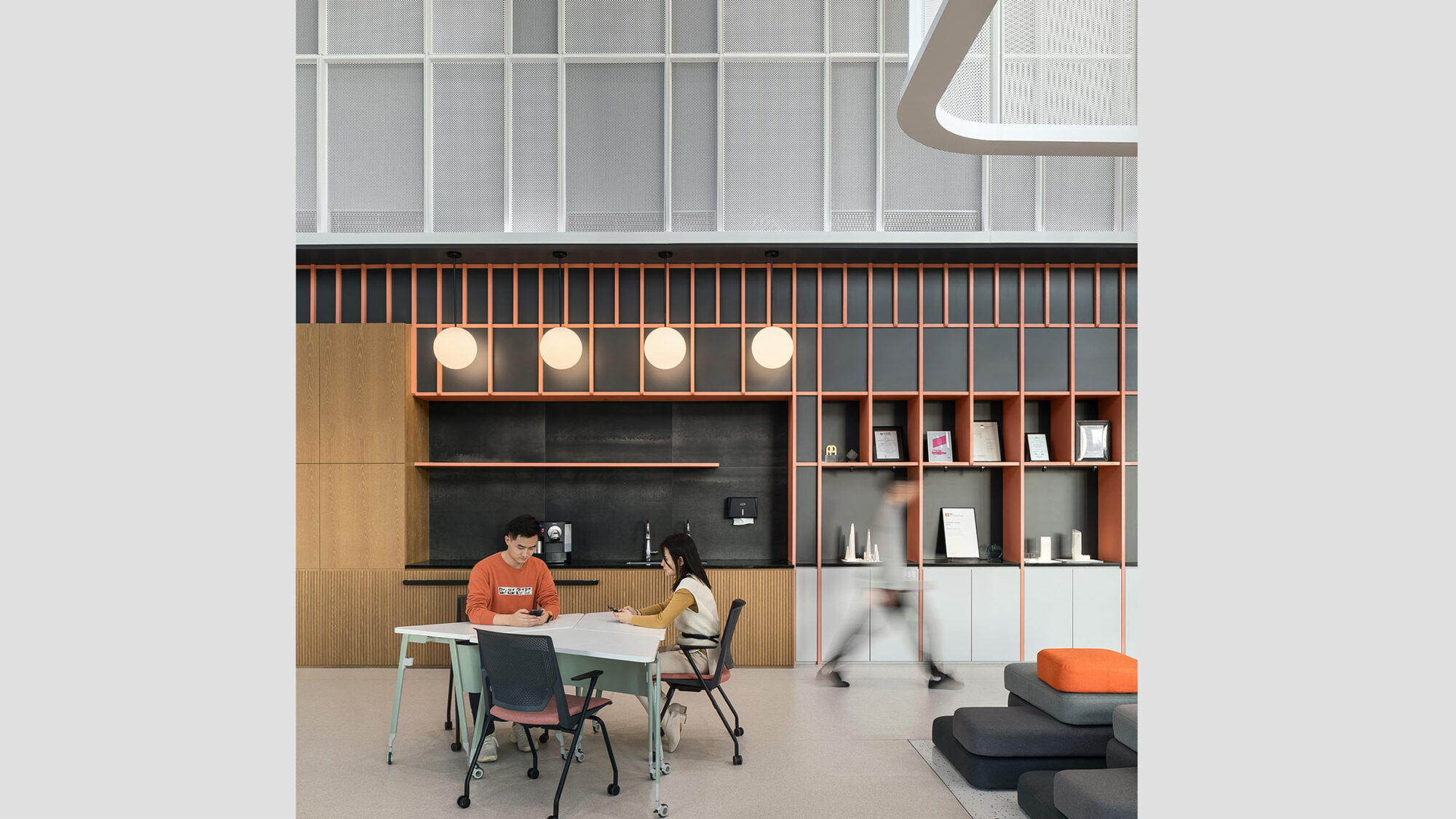
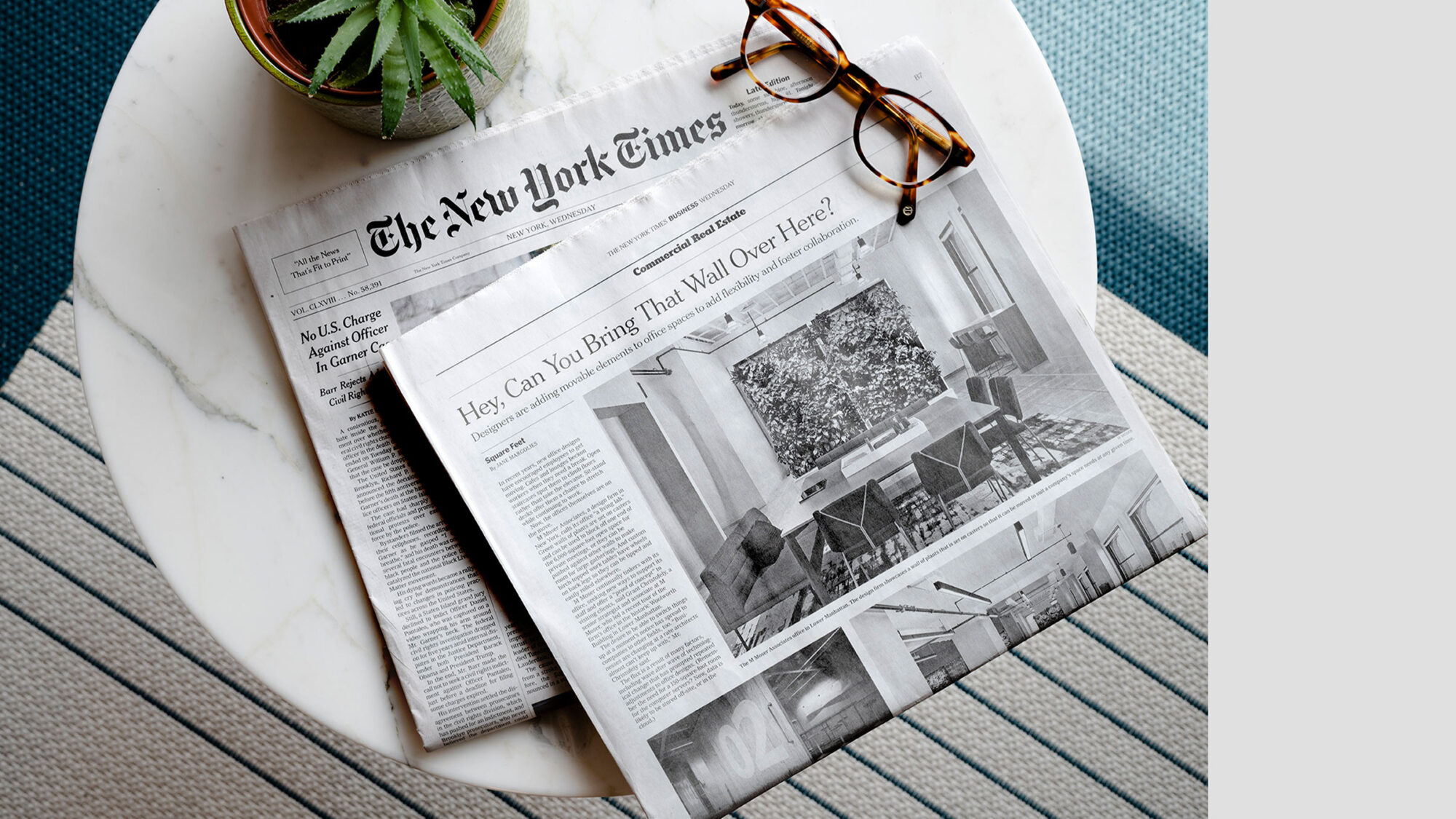
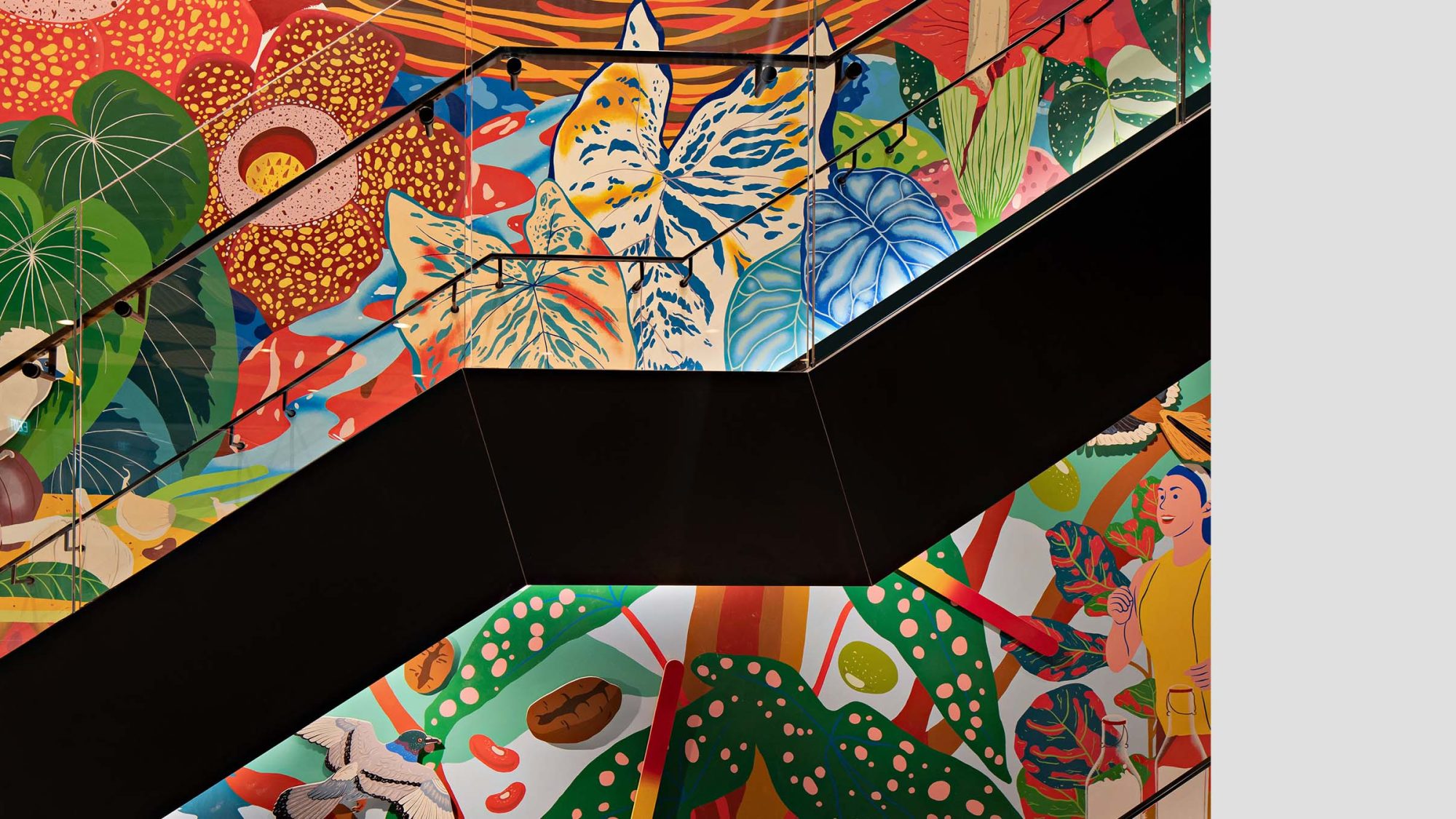
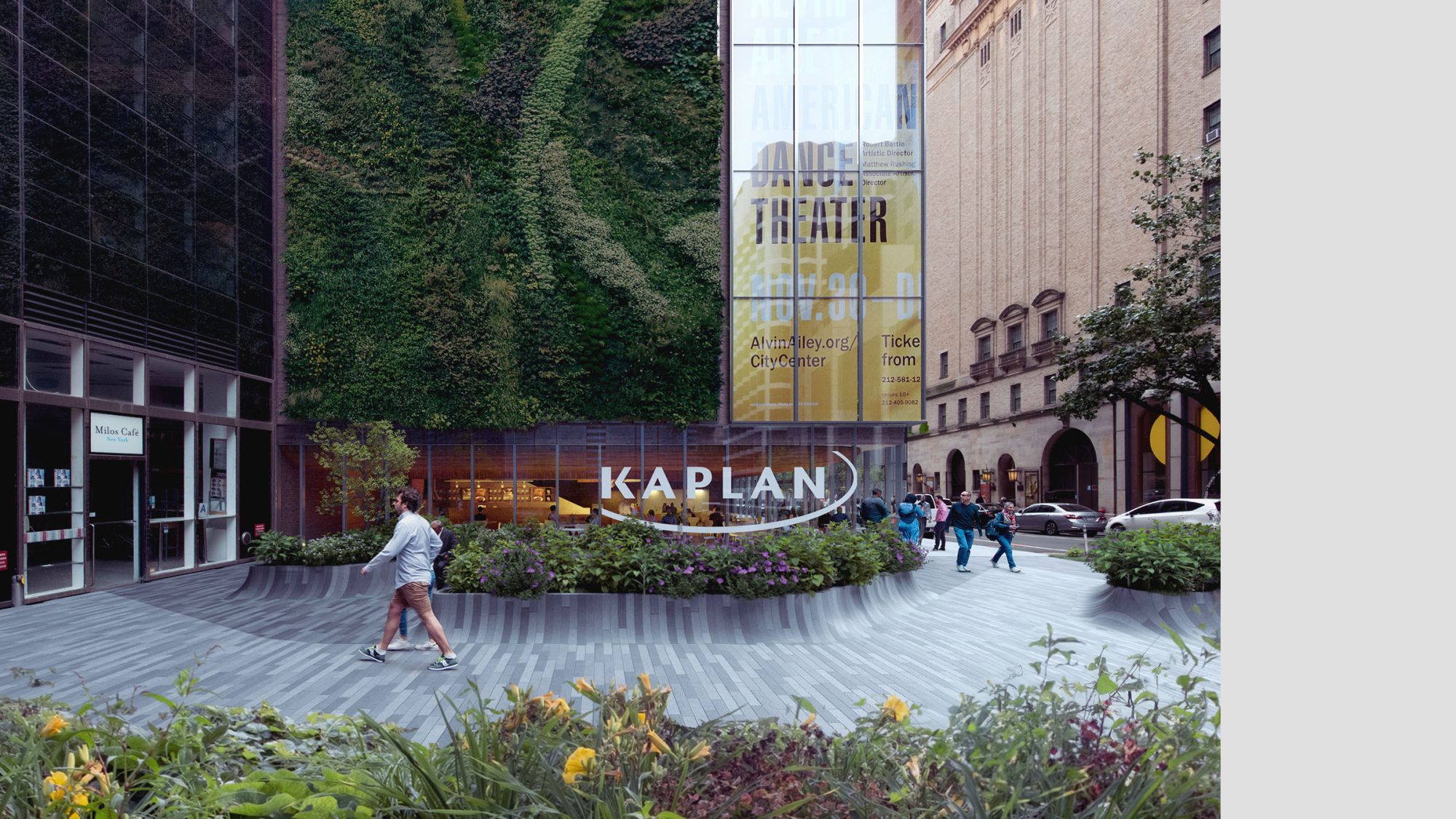
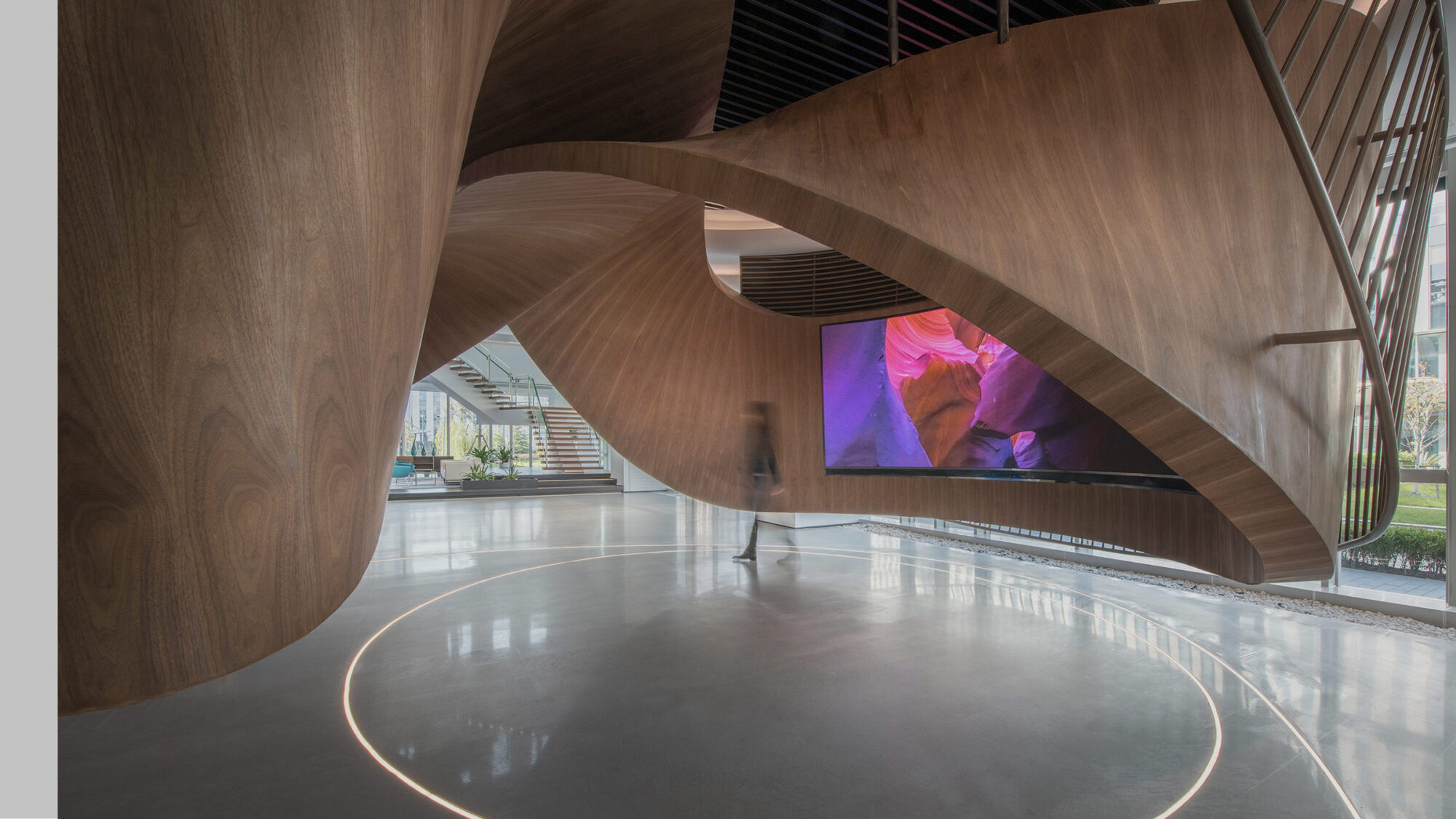
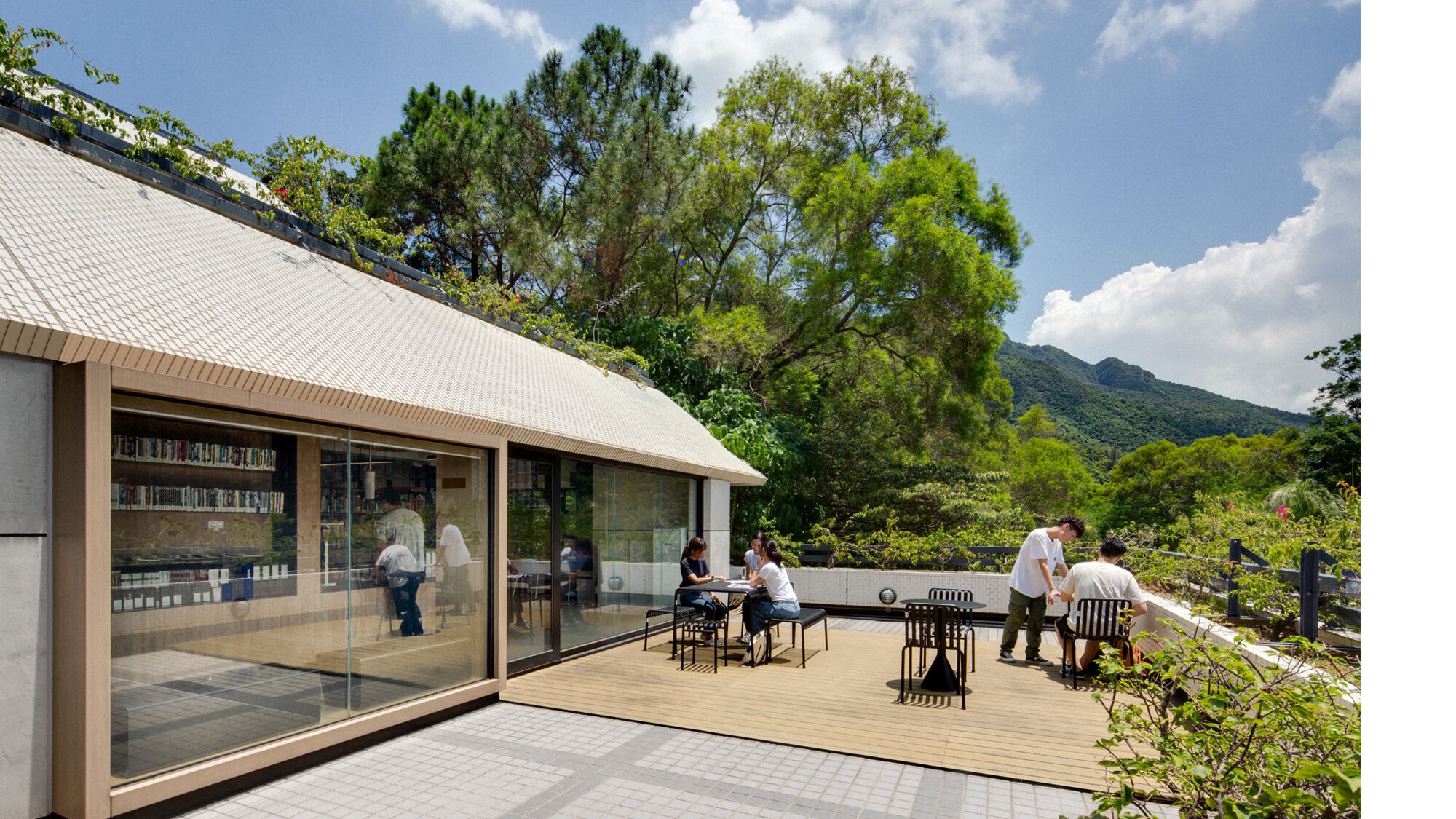
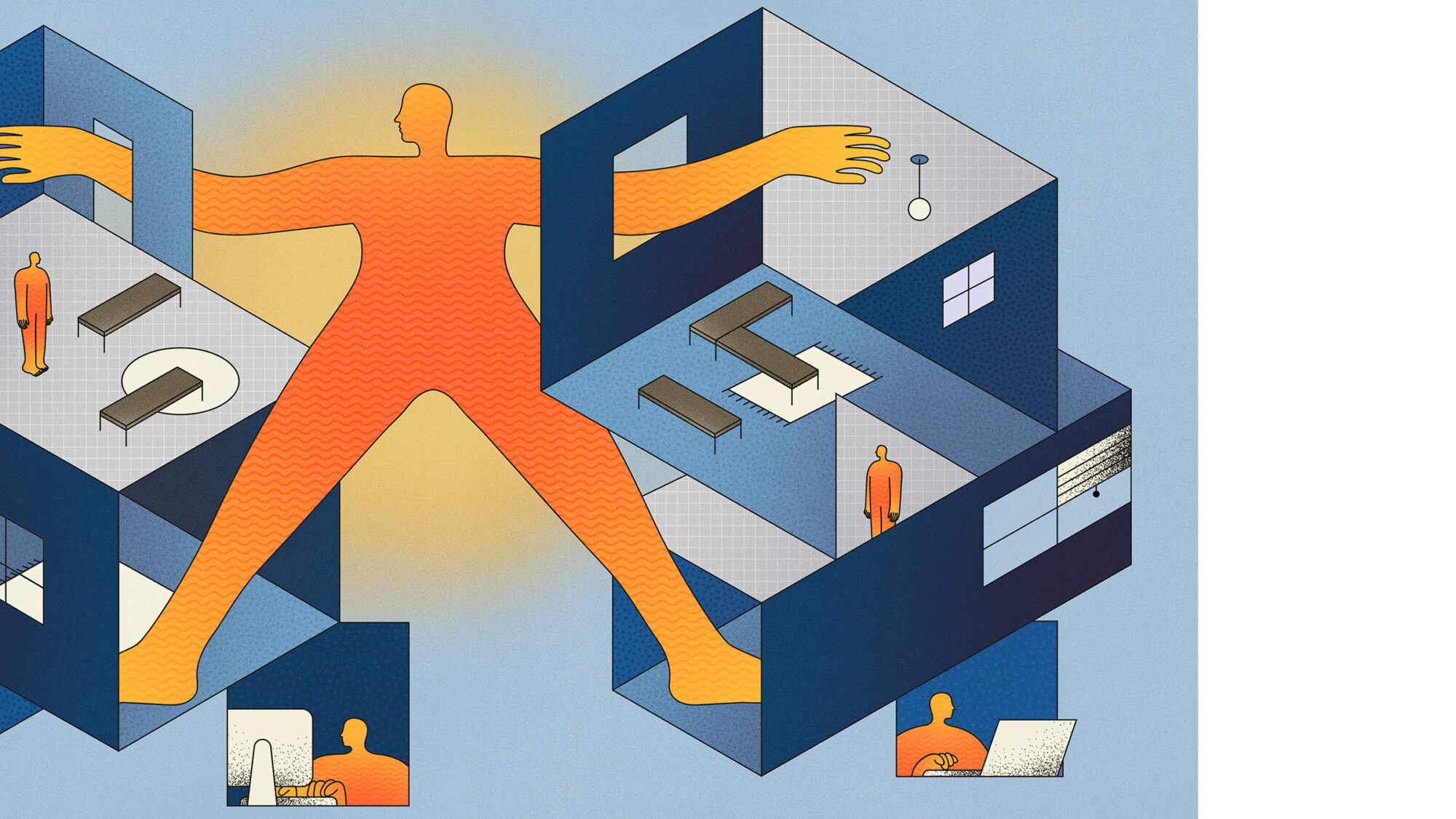
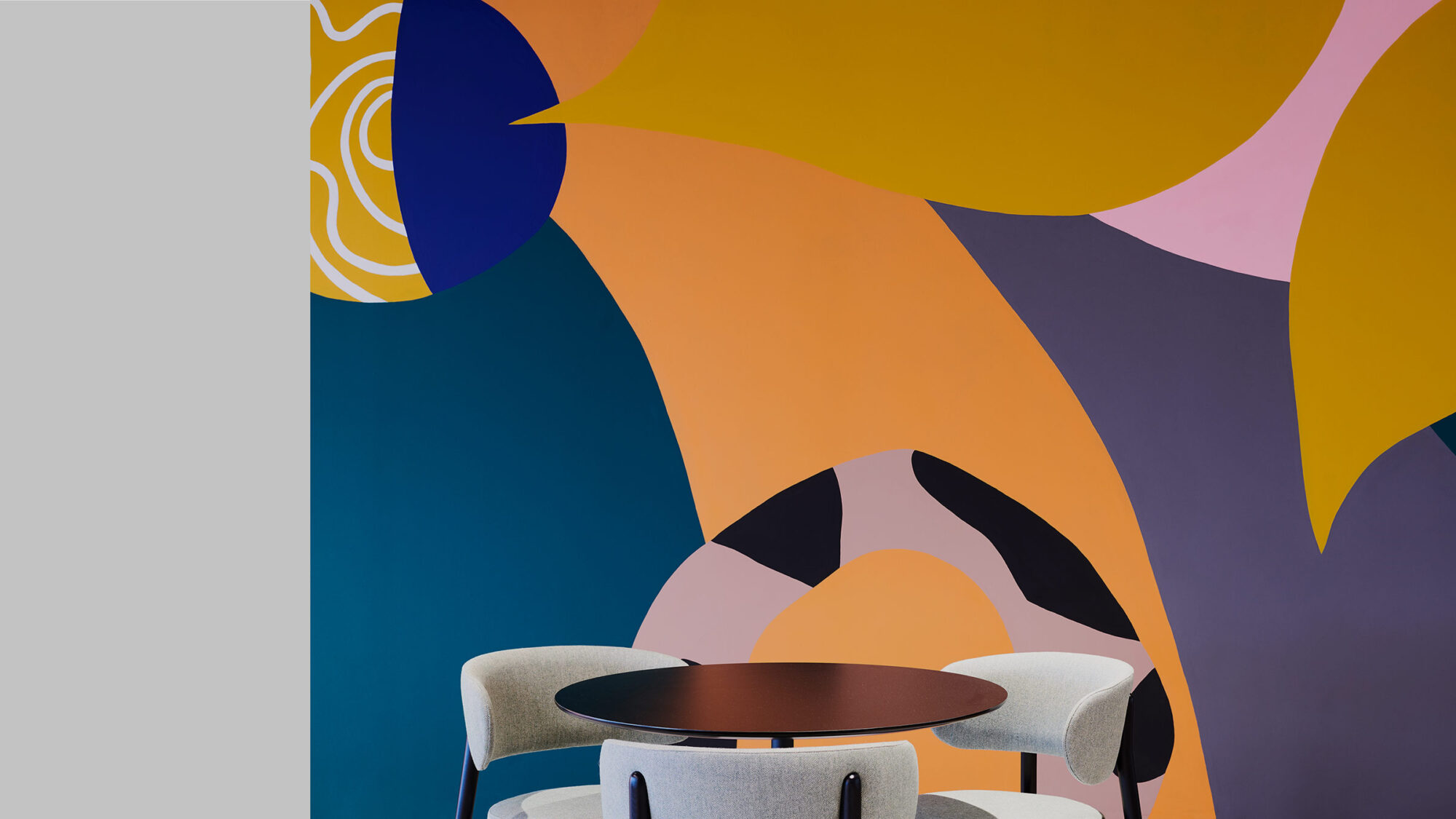
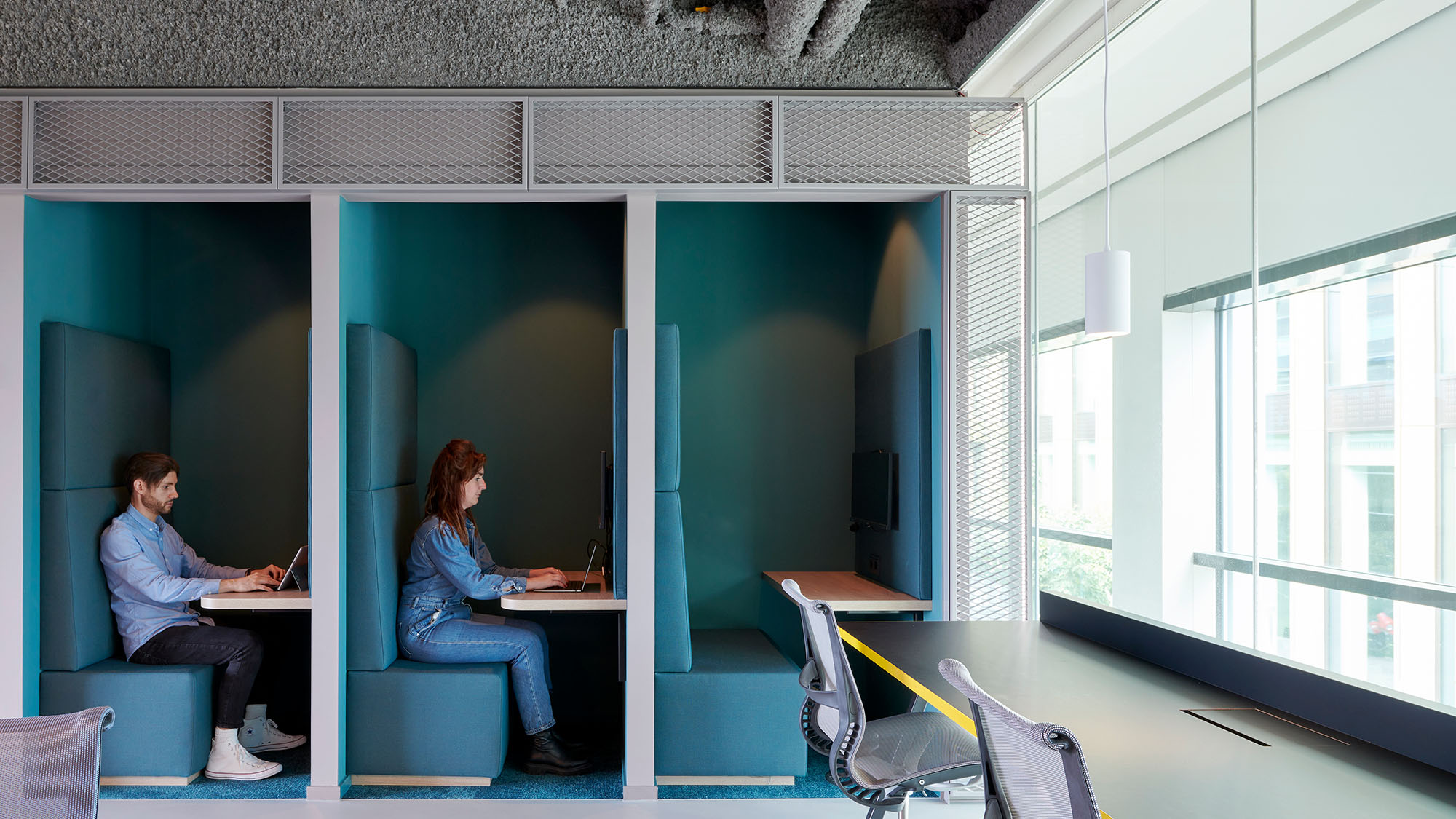
Searching for strategies to boost productivity at your Vancouver workplace? You’re in the right place. This article delves into innovative office design solutions that carve out dedicated focus areas, enabling individuals to tackle essential tasks without interruptions.
If you’re seeking ideas for your upcoming Vancouver workspace design, don’t miss our lookbook. It’s filled with a diverse selection of focus spaces and other interior design concepts that can spark your creativity.
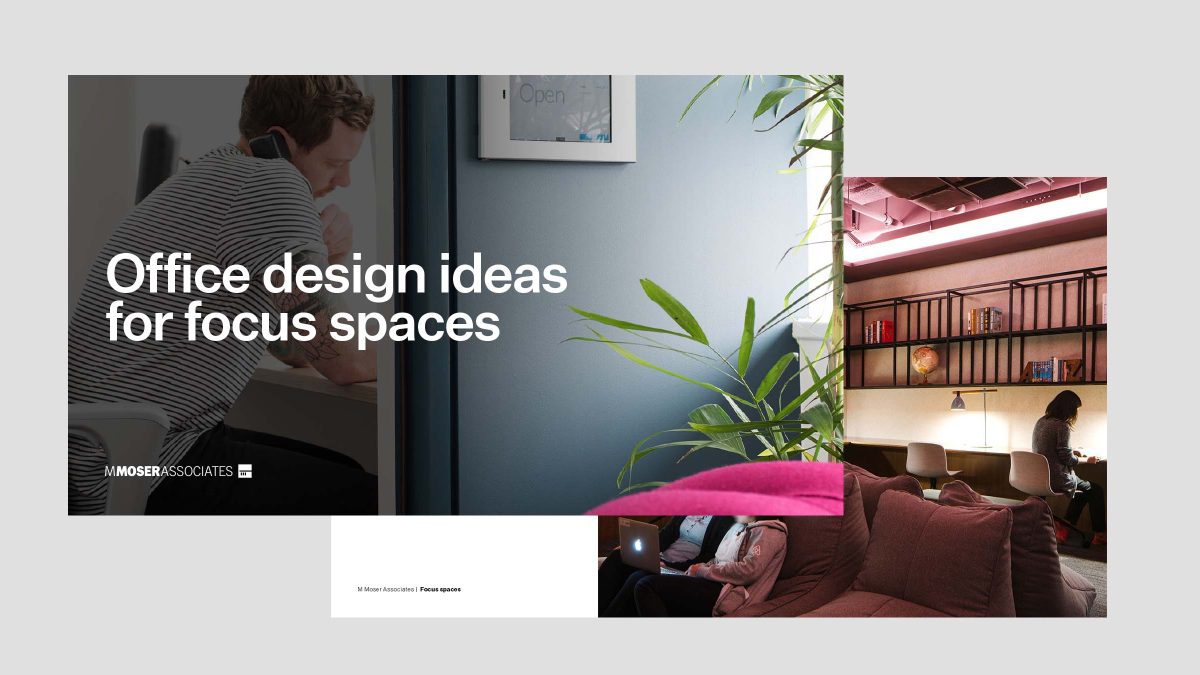
Workplace focus spaces are essential in modern offices due to the increasing demands for efficiency and the frequent interruptions that can hinder productivity. In today’s dynamic work environments, information workers face distraction every 10.5 minutes. Recovering from these interruptions can take as long as 25 minutes, significantly impacting workflow and efficiency.
Designers tasked with creating environments for high performers must consider these statistics to minimize potential disruptions. Focus spaces serve as a crucial counterbalance to collaborative work areas. While modern offices are often designed to foster interaction and teamwork, effective collaboration also depends on opportunities for solitary, concentrated work. Employees typically need time alone to process information before re-engaging in group activities and discussions. Thus, incorporating well-designed focus spaces allows for a blend of solitary and collaborative work, facilitating higher productivity and better results.
A focus space is a designated zone within an office tailored for tasks requiring deep concentration. These areas are usually quiet and devoid of interruptions, providing an ideal setting for tackling complex assignments. By enabling undisturbed work, focus spaces boost
productivity, foster creativity and enhance overall job satisfaction.
Creating a variety of focus spaces is essential for accommodating diverse working preferences in an office. While some individuals require quiet, secluded spots, others might thrive in collaborative areas equipped with private pods for calls.
Designing with neurodiversity in mind means providing high-quality focus options strategically placed away from high-traffic areas to minimize distractions. Effective office designs also factor in elements like coluor, materials, lighting, and acoustics to enhance focus. For instance, a serene focus area might feature dropped ceilings, soft furnishings, and subdued colours.
Sophie Foster, a Senior Workplace Strategist, emphasizes that achieving focus extends beyond mere aesthetics. She notes, “Focus, or ‘flow’ as it’s known in psychology, is most attainable when individuals are relaxed yet engaged, with the mental space to concentrate on their tasks. Sensory design plays a critical role in this, mitigating sensory overload and fostering conducive emotions through our senses.” Designing for all senses can significantly improve the quality of focus in the workplace.
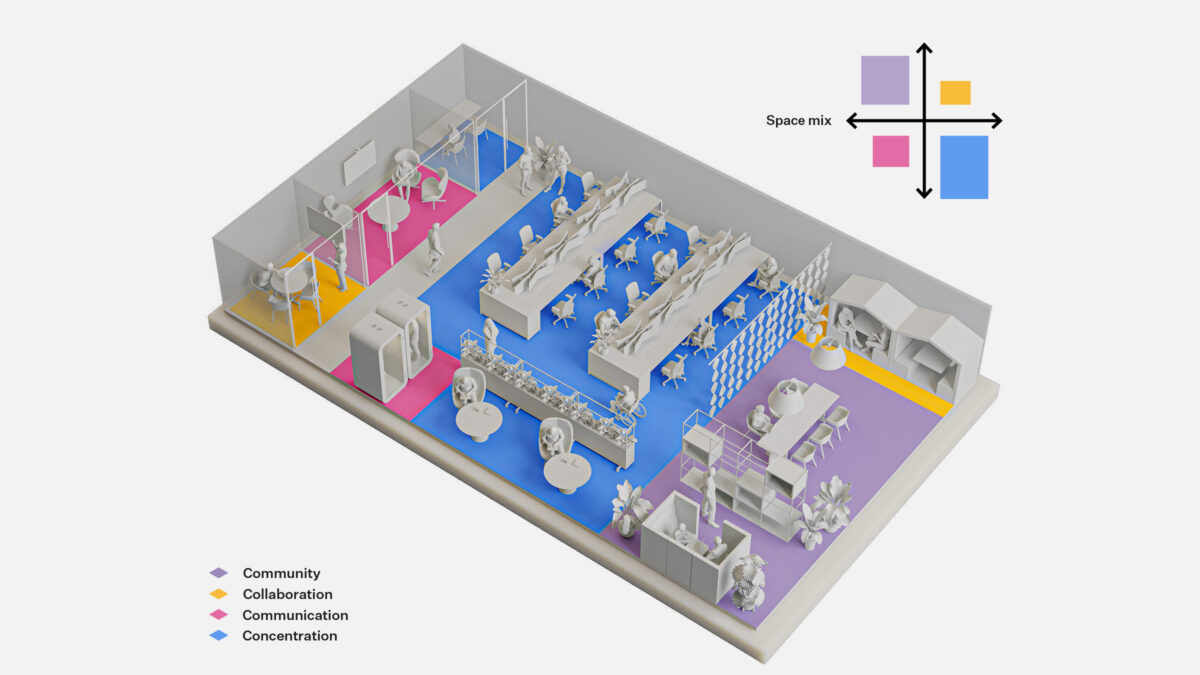
Here are 10 office design ideas to make your workplace more productive:
In crafting a practical work setting, prioritizing concentration and reducing distractions is essential. Solitary workspaces provide a secluded environment where employees can engage in tasks that demand high focus, such as writing, editing or analyzing data. Facilitating easy desk reservations can assist workers in scheduling their dedicated focus periods.
These areas, although open, serve a unified purpose akin to a train’s quiet car. There may not be a physical difference from other spaces, but strategic use of signage and setting clear norms can effectively guide user behaviour.
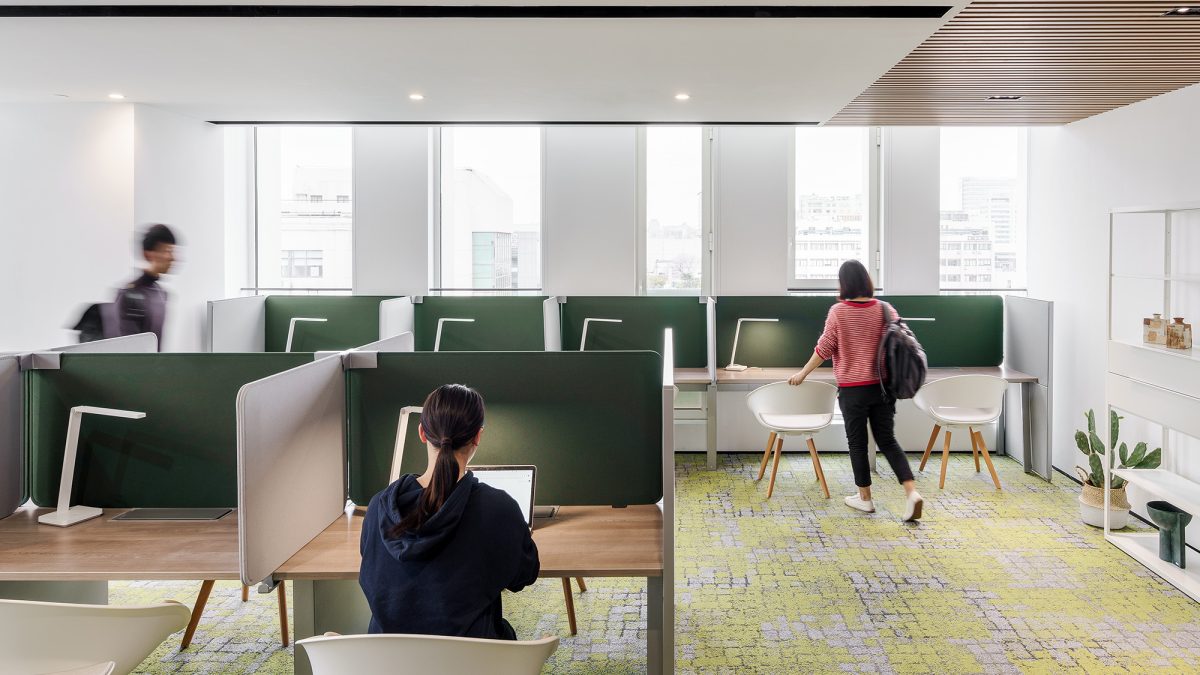
Focus pods offer employees a private retreat to conduct confidential calls, ensuring minimal disturbance to others. These pods are designed to minimize noise and provide a tranquil environment for phone conversations, regardless of external activity.
Placement of these pods requires careful consideration. The additional glass can trap heat, especially without air conditioning, making them less suitable for prolonged use. For longer meetings, traditional meeting rooms may be more appropriate.
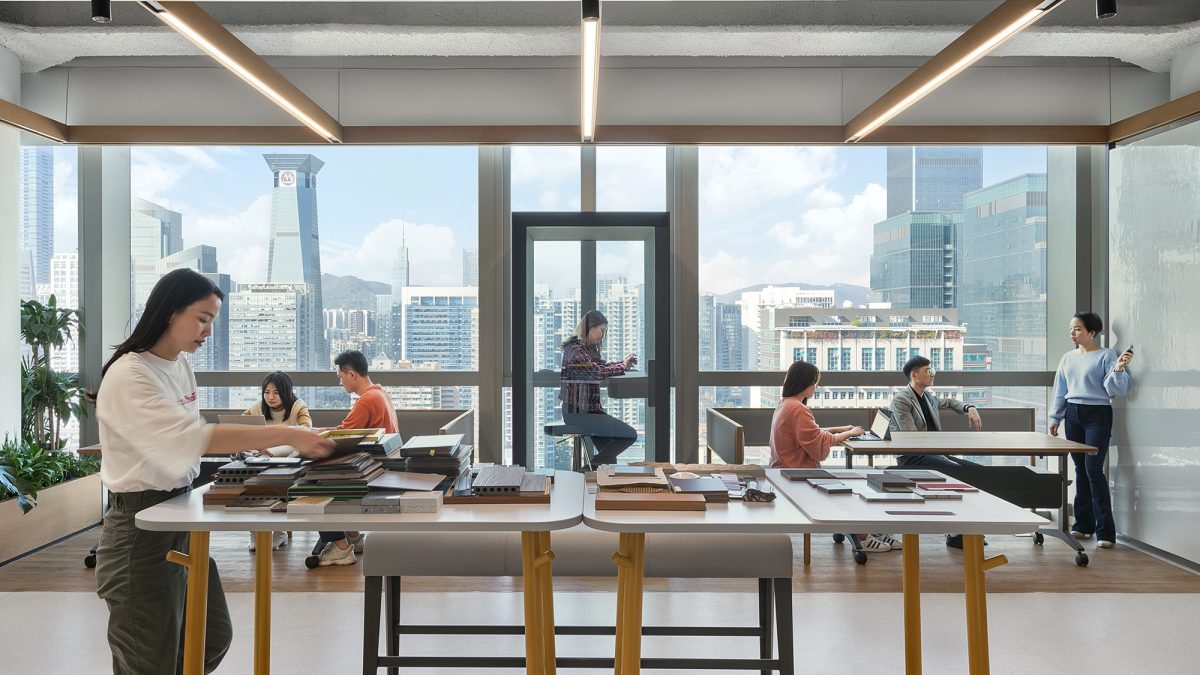
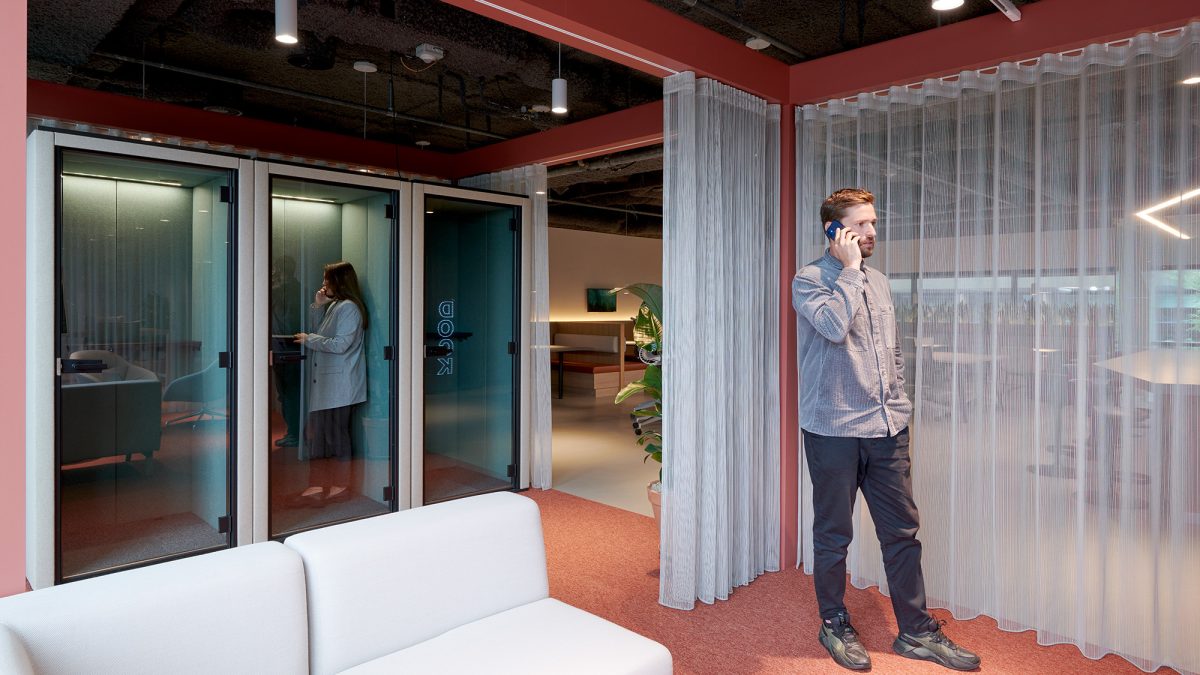
Acoustic furniture and booths are increasingly popular for providing a noise-muting environment suitable for individual tasks or small group interactions. These units often feature semi-private enclosures that can be repositioned or reconfigured easily, making them ideal for brief team discussions, spontaneous meetings, or focused solo work.
These furniture pieces are typically modular, offering a range of screen heights to tailor privacy levels according to needs. This versatility allows for the creation of various focus areas or customized quiet zones within a larger space.
The use of soft materials in these setups not only helps in dampening surrounding noise but also contributes to a sense of security and comfort for the users.
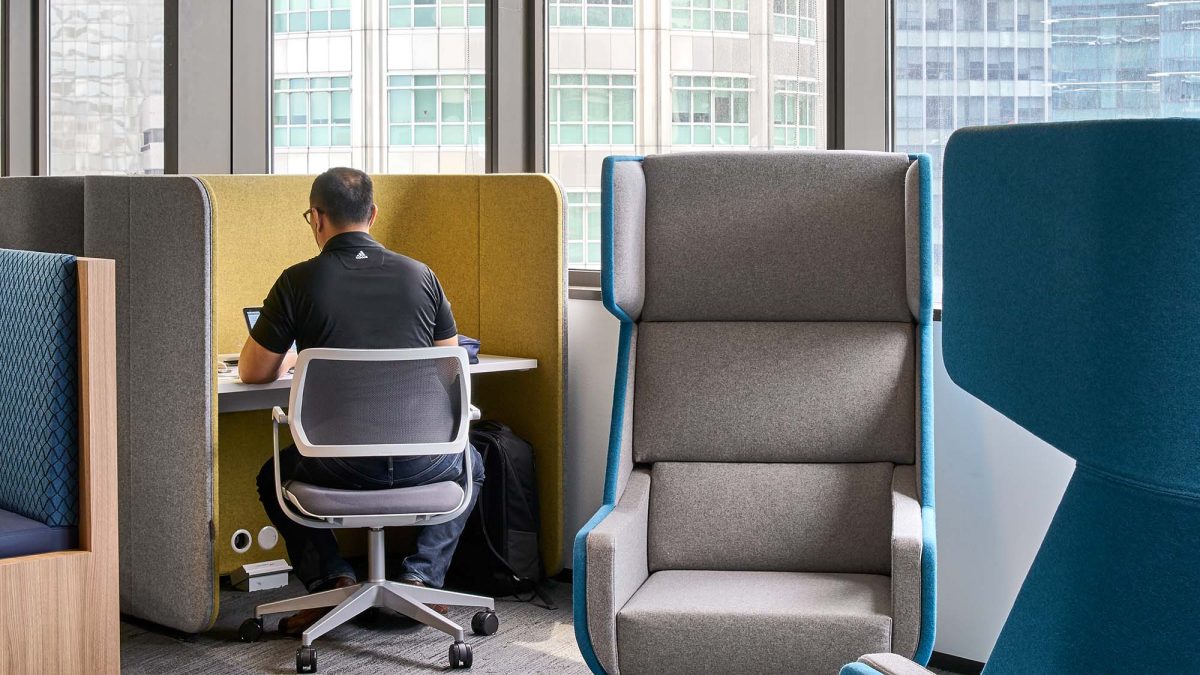
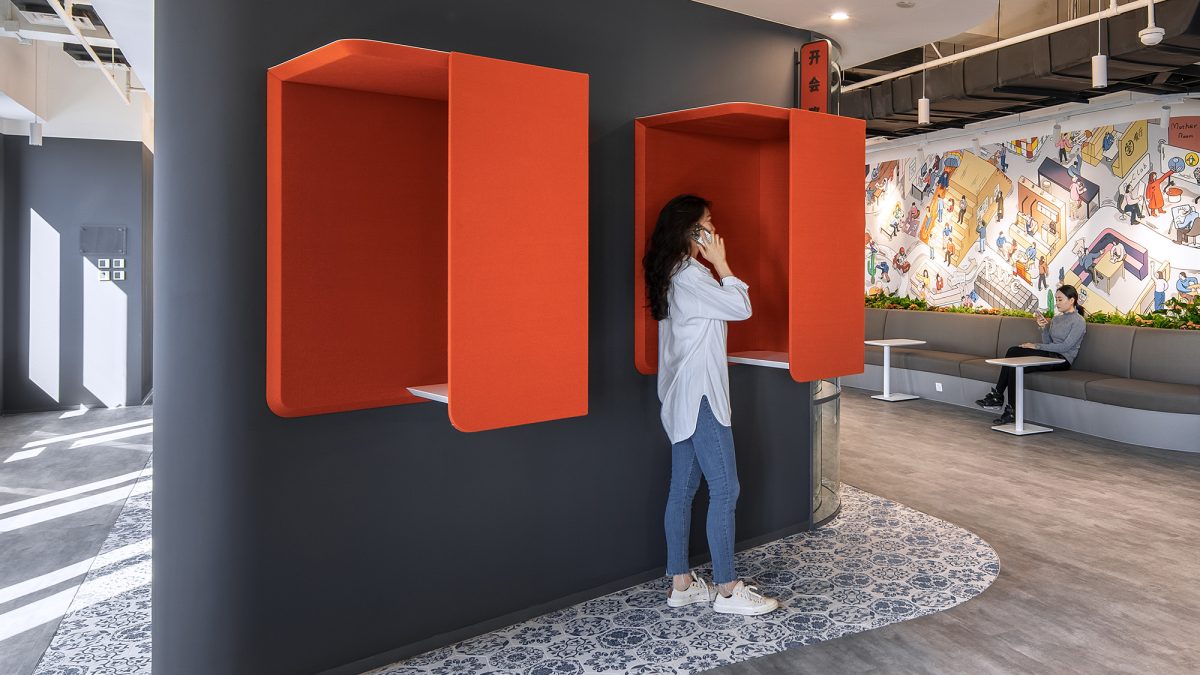
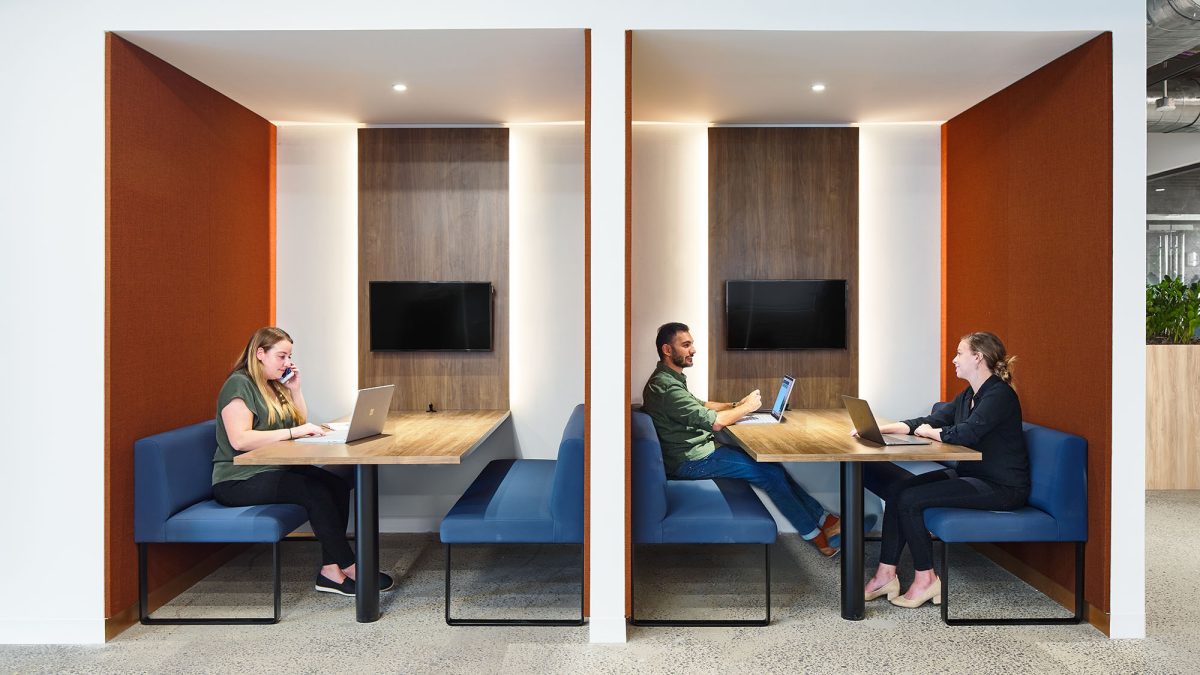
Meditation rooms are dedicated spaces where employees can pause their workday to engage in mindfulness practices. These rooms are versatile, often serving as interfaith spaces or spots for a quick rest.
Enhancing focus isn’t solely about finding a quiet area for work. Research indicates that engaging in a two-week mindfulness program can improve attention spans by up to 16%. This highlights the value of incorporating spaces designed not just for work but for mental breaks as well.
These wellness rooms are crafted with natural materials and equipped with calming lighting and sounds to support mental health. The aim is to provide a secure environment where employees can unwind and rejuvenate.
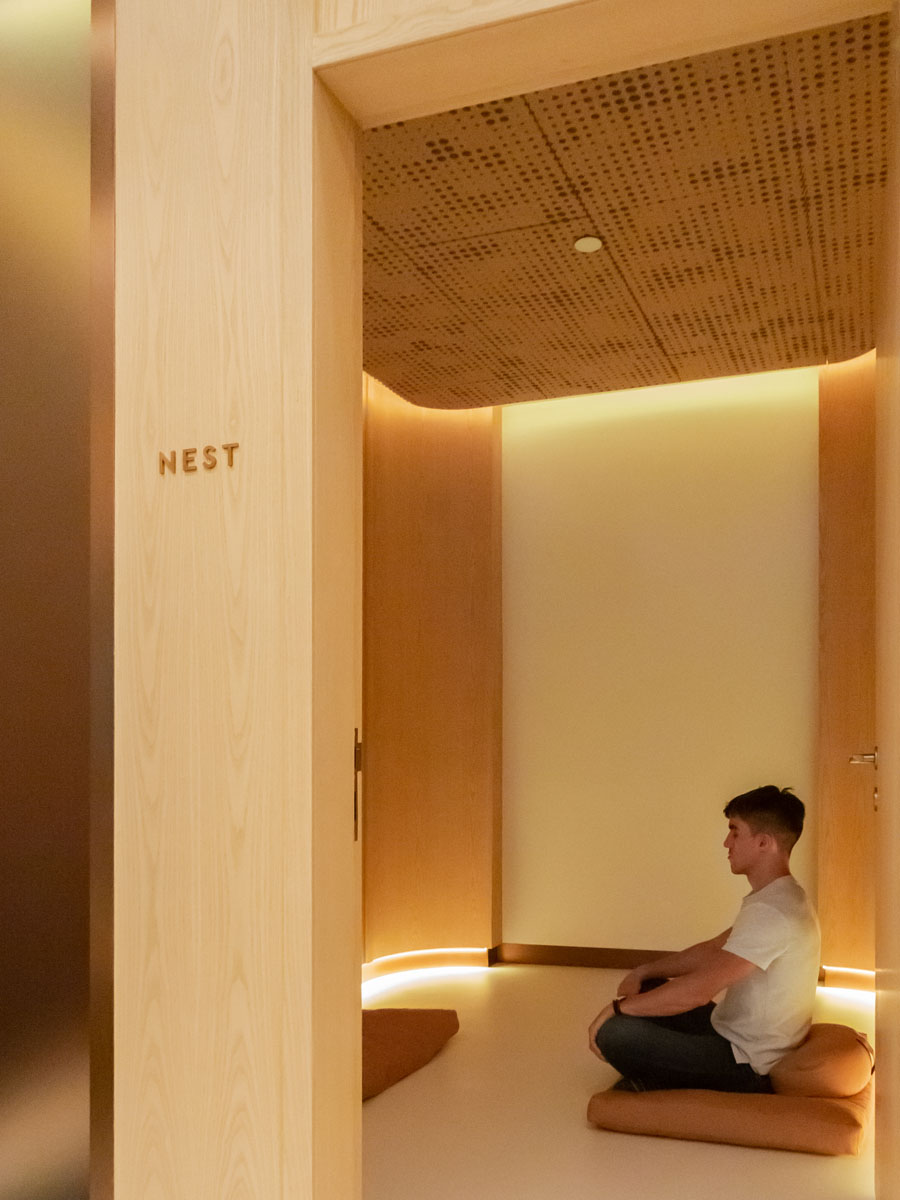
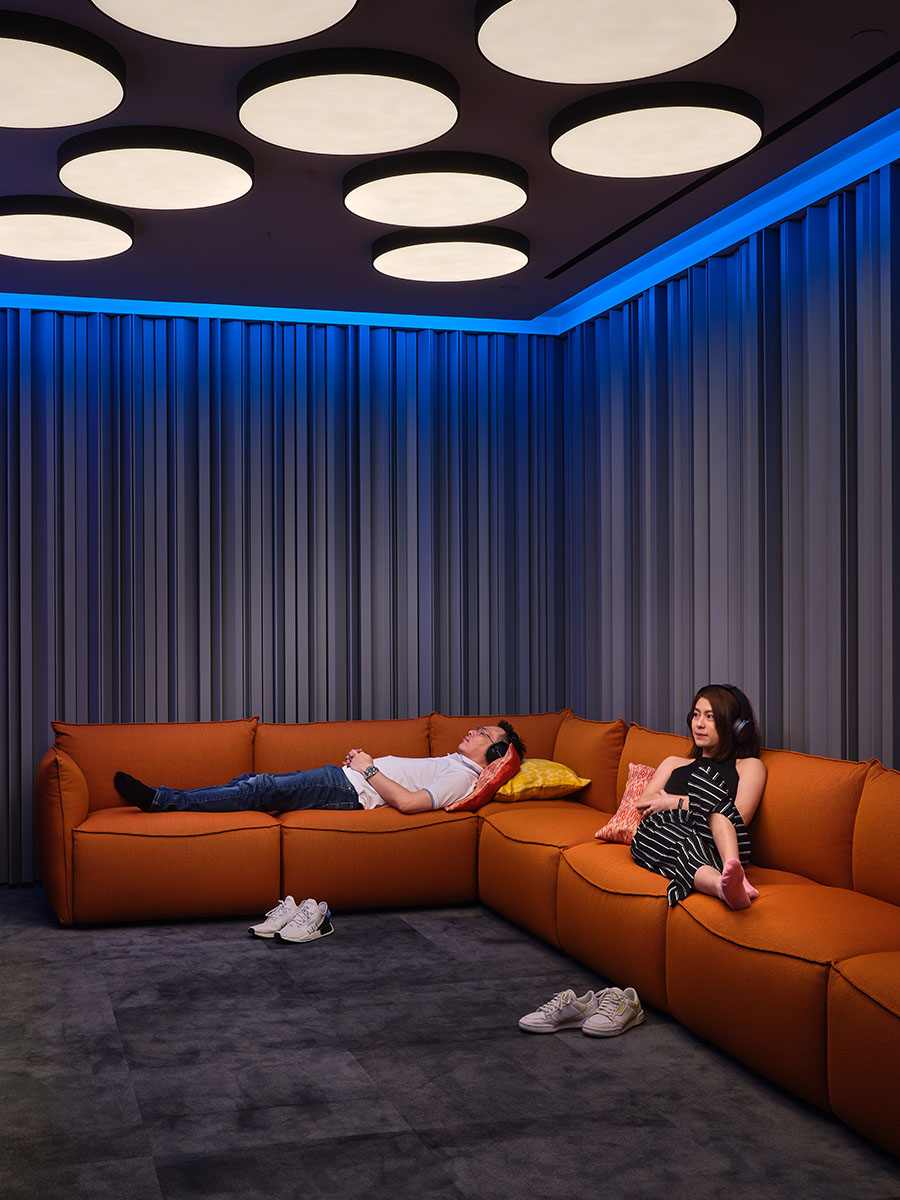
Standing desks are an effective solution for promoting better posture and mitigating the health risks associated with prolonged sitting. Incorporating privacy screens into these desks adds an extra layer of seclusion, helping to minimize visual distractions and enhance focus.
Additionally, these desks can be fitted with sensors that allow employees to quickly identify available workspaces upon entering the building, streamlining the process and optimizing office flow.
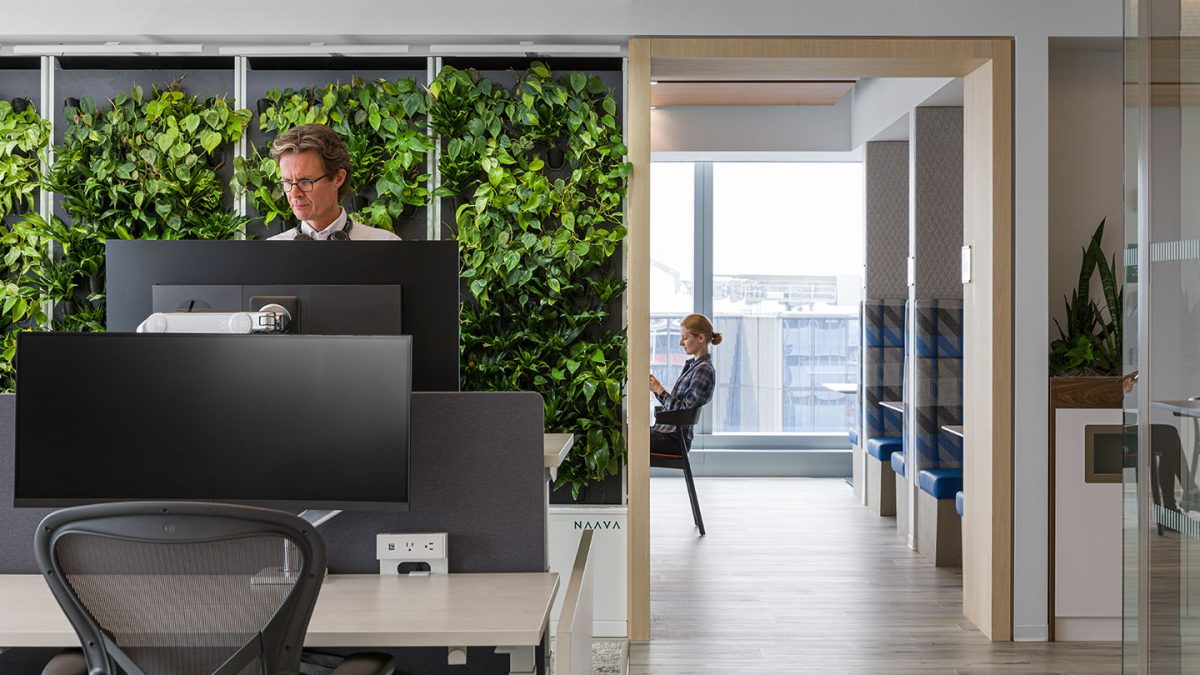
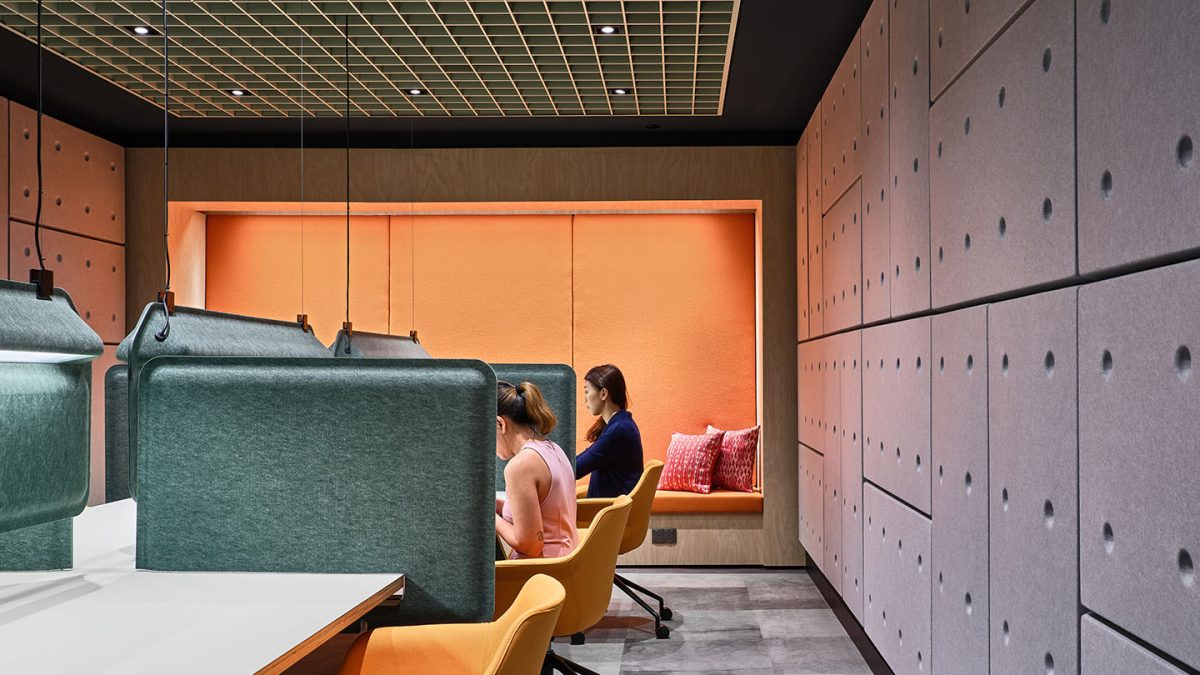
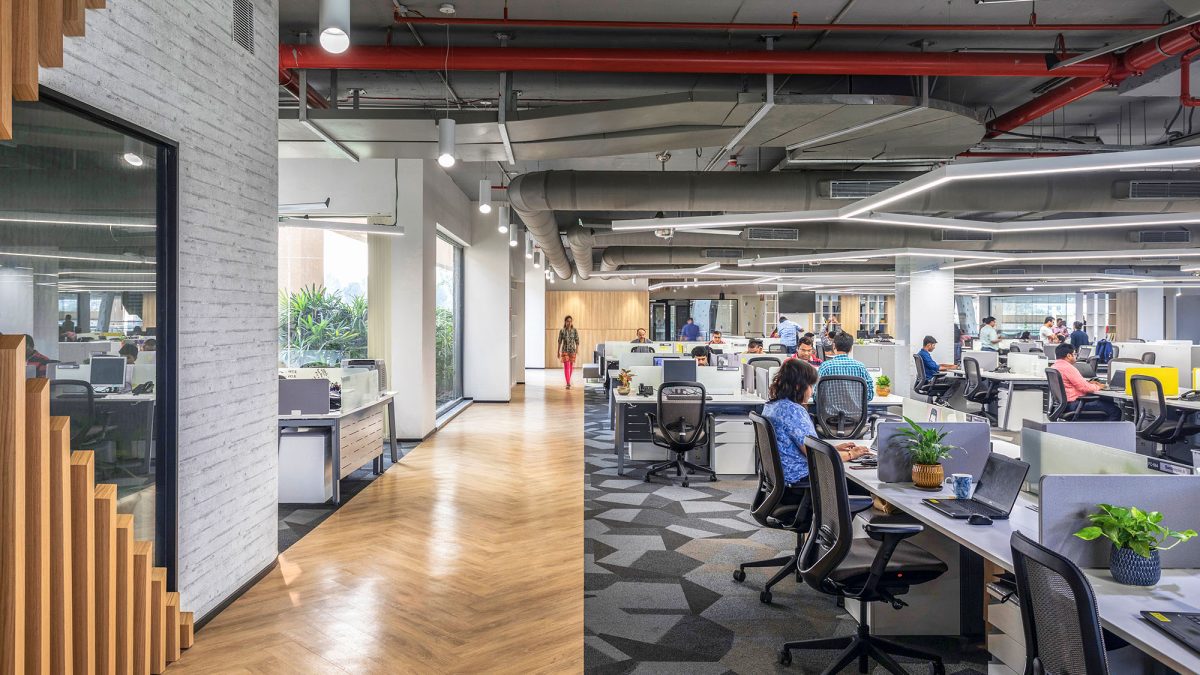
Libraries or designated reading nooks provide serene, comfortable environments where employees can read, conduct research, or seek inspiration. These spaces are ideal for deep focus and creative thinking.
Many organizations choose to make these areas tech-free to minimize distractions such as phone calls or notifications. Simply labelling these spaces as “libraries” can also promote appropriate behaviour, as the term sets clear expectations based on common social norms associated with quiet and respect.
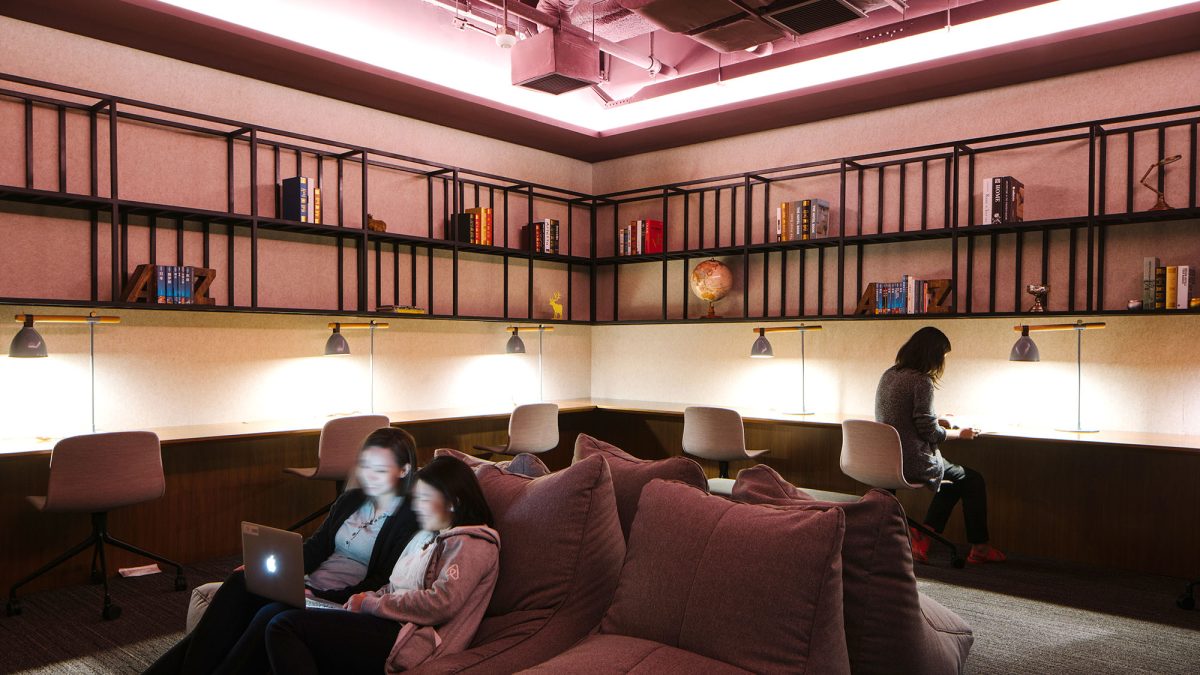
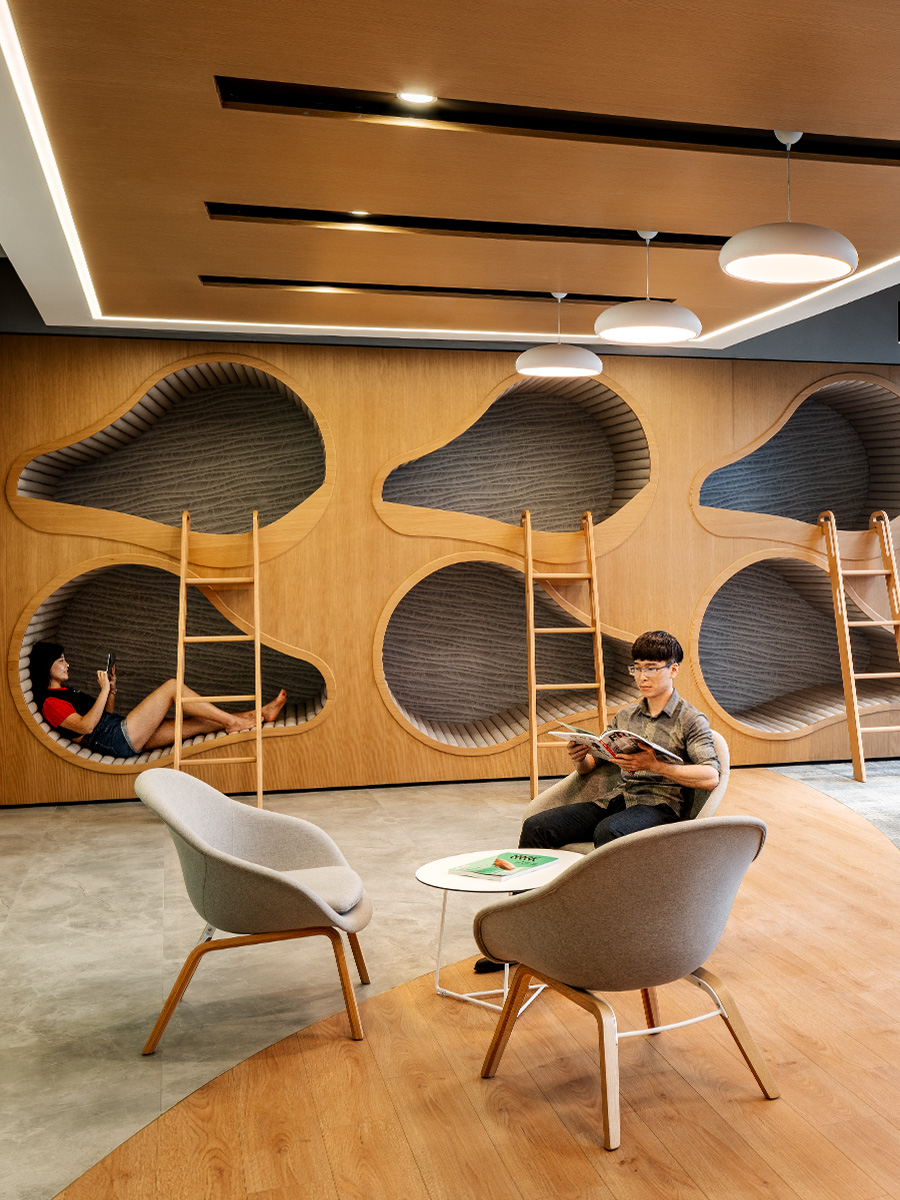
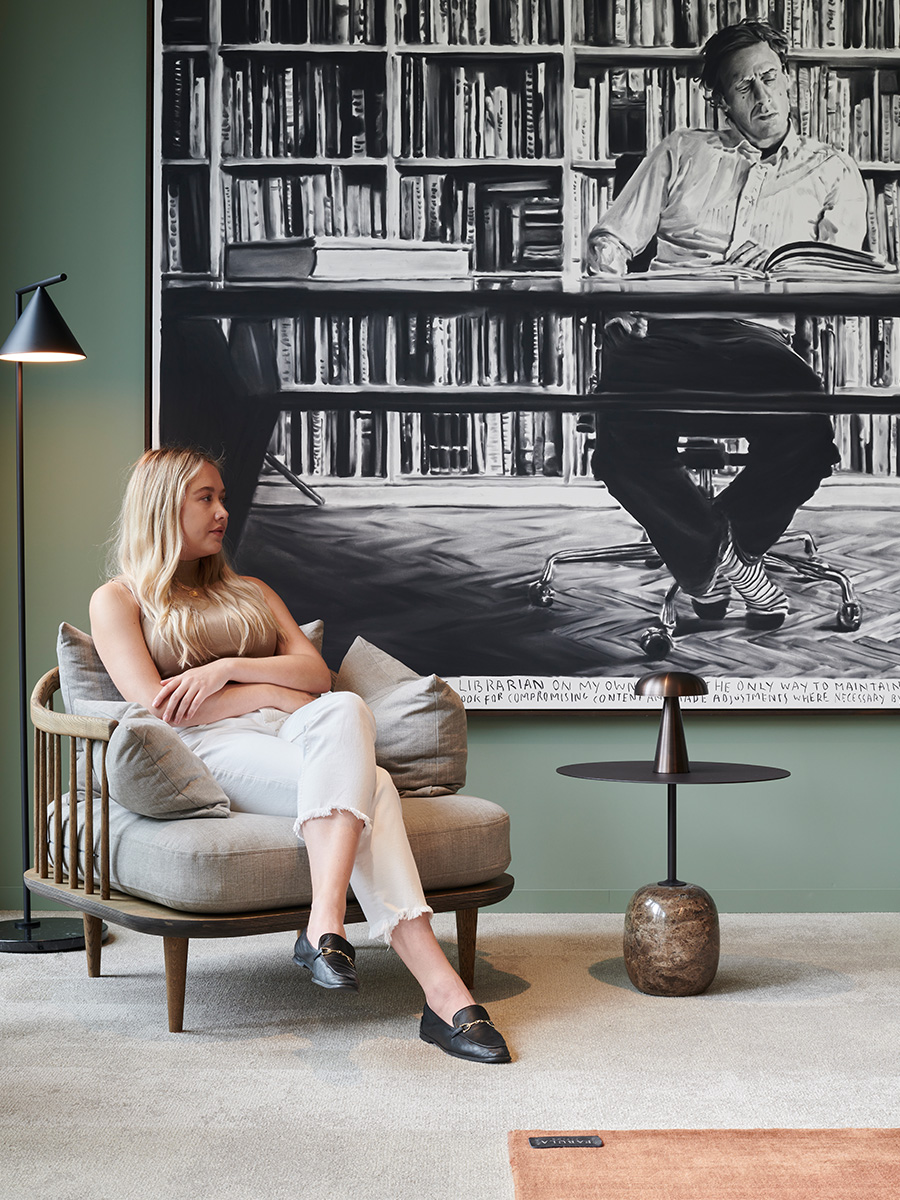
Compact rooms are ideal for engaging in highly concentrated tasks. The ambiance of these spaces, particularly the lighting and color scheme, plays a significant role in their effectiveness.
Ensuring good lighting is essential, especially in rooms lacking natural light. Providing adjustable lighting controls can help users tailor the environment to their preferences. Natural light and scenic views can also enhance mood and productivity.
Choosing neutral colors like white, beige, and gray minimizes distractions and creates a calming atmosphere. Introducing pops of color, such as a blue accent wall or vibrant accessories, can enhance focus and energy—blue is known for boosting concentration, while yellow can invigorate the senses. Textured materials and strategic artwork can also improve acoustics and add visual interest to the space.
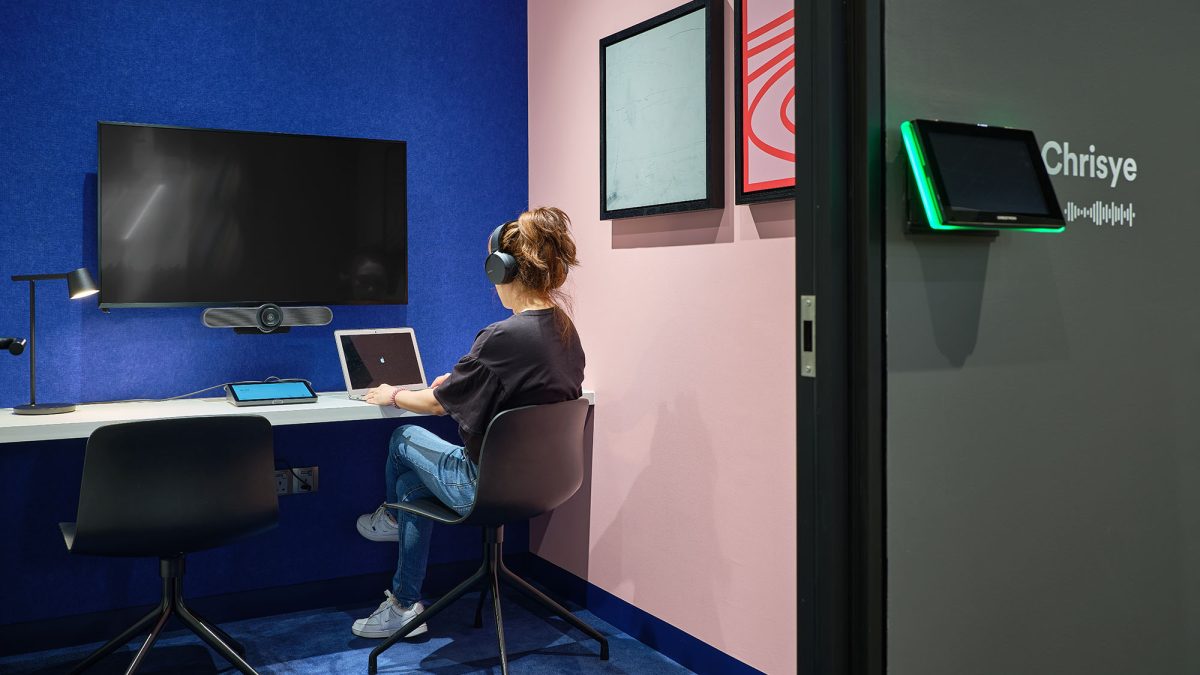
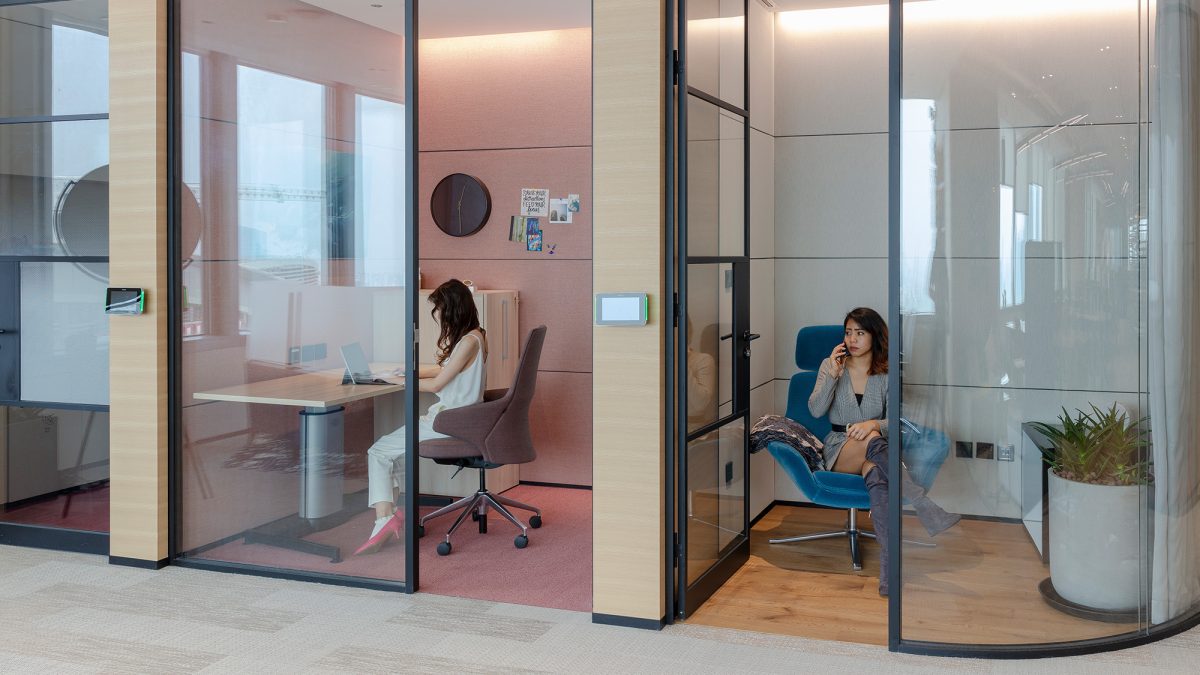
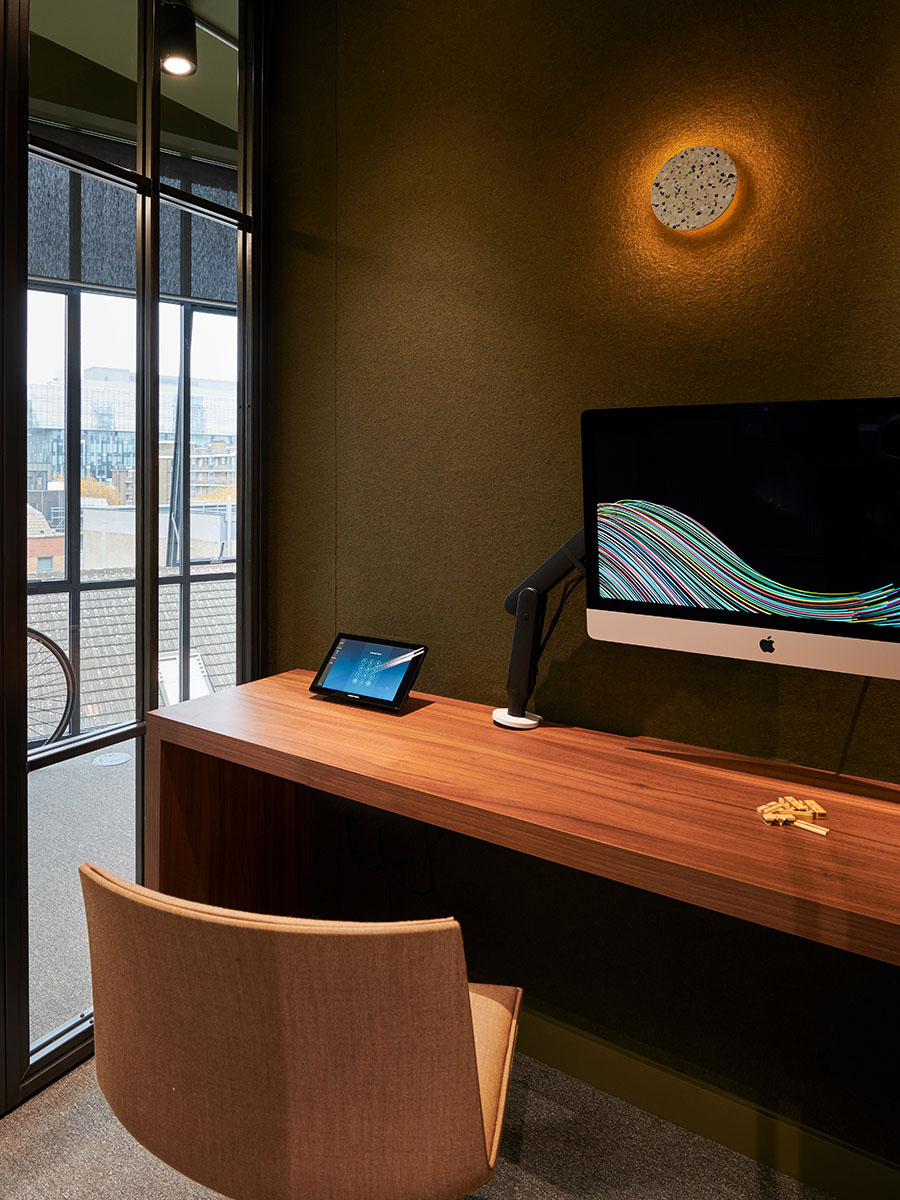
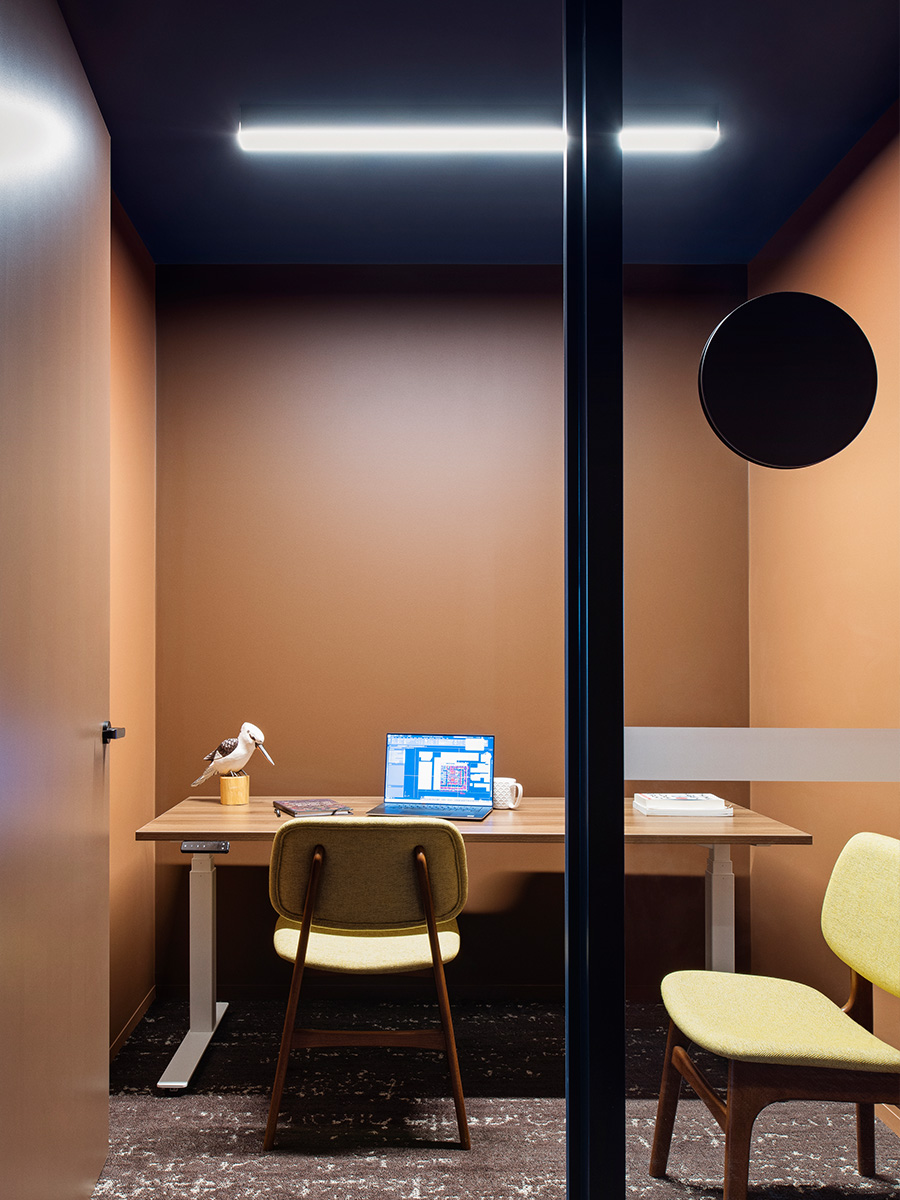
Introducing a cozy chair in a quiet corner of the office can provide a perfect spot for employees to reflect and recharge. Though it may not ensure complete privacy, the simple act of changing one’s surroundings can spark new ideas and perspectives.
Options for creating such spaces vary widely—from built-in seating to suspended chairs. Incorporating elements that allow movement, like a rocking chair, can be particularly beneficial. Such features have been shown to enhance wellbeing by alleviating stress and encouraging relaxation.
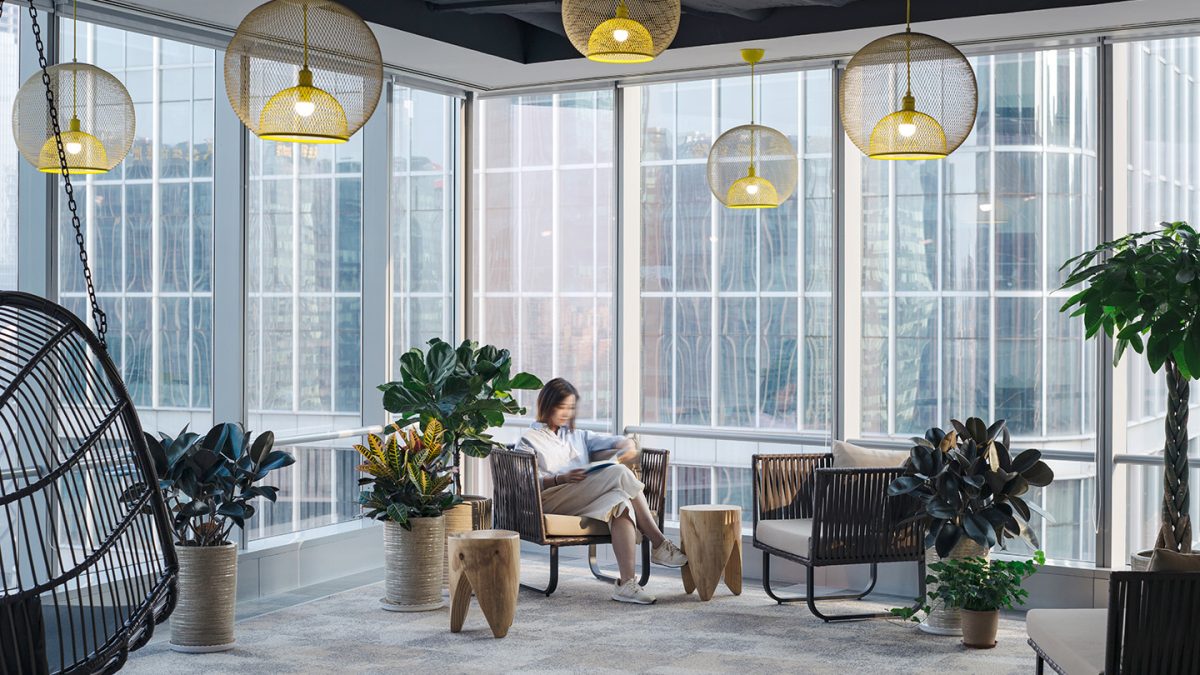
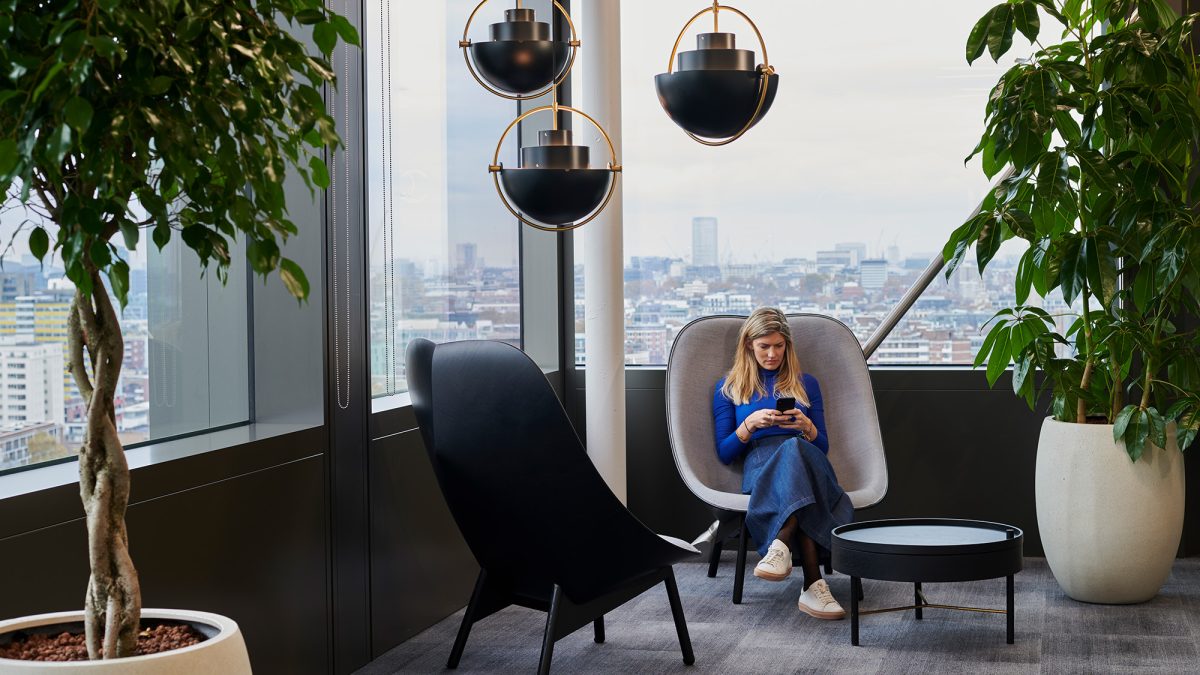
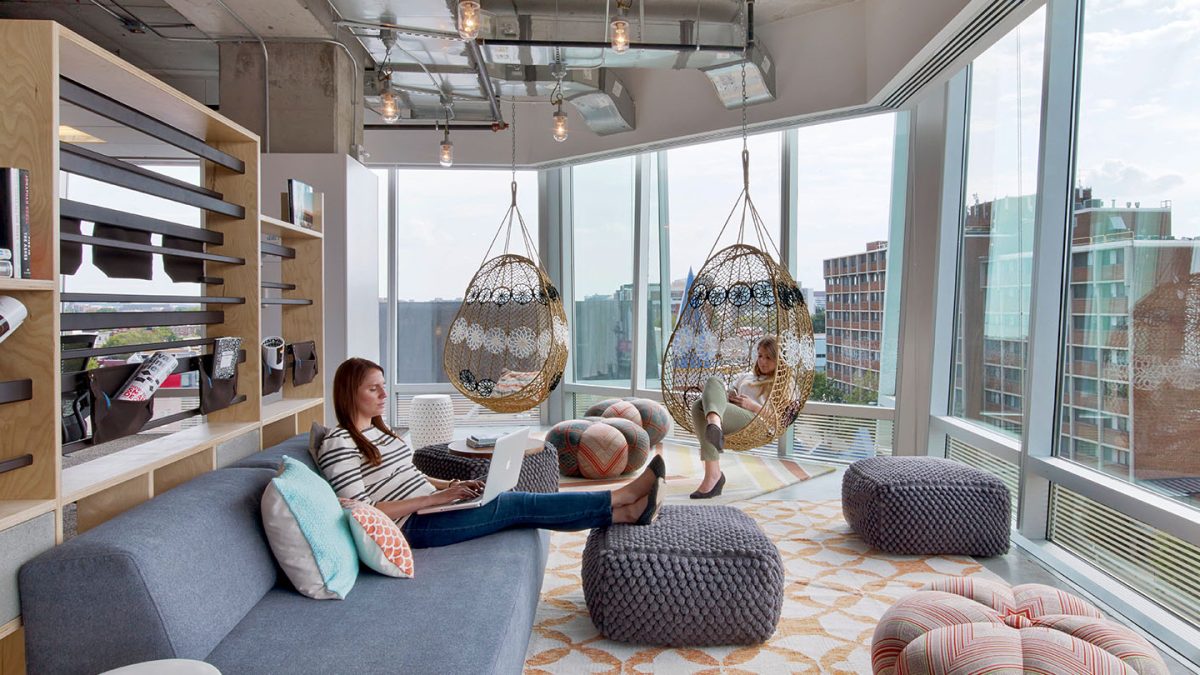
Integrating indoor gardens or providing access to outdoor spaces can dramatically enhance the workplace by offering employees a refreshing change of scenery and the benefits of fresh air. These natural elements are not only aesthetically pleasing but are also proven to boost mental wellbeing and reduce stress.
Such green spaces can also contribute to a building’s community appeal, ranging from modest community planting initiatives to elaborate rooftop gardens that attract tenants with their sustainability credentials.
The visual impact of these spaces is significant. While greenery is generally preferred, the specific features of a view can influence mood more than the view’s content. Therefore, a stunning urban skyline might be just as uplifting as a verdant park. When designing an office, it’s crucial to consider which views are most valuable, how to best preserve them, and which areas of the workspace will benefit the most from them.
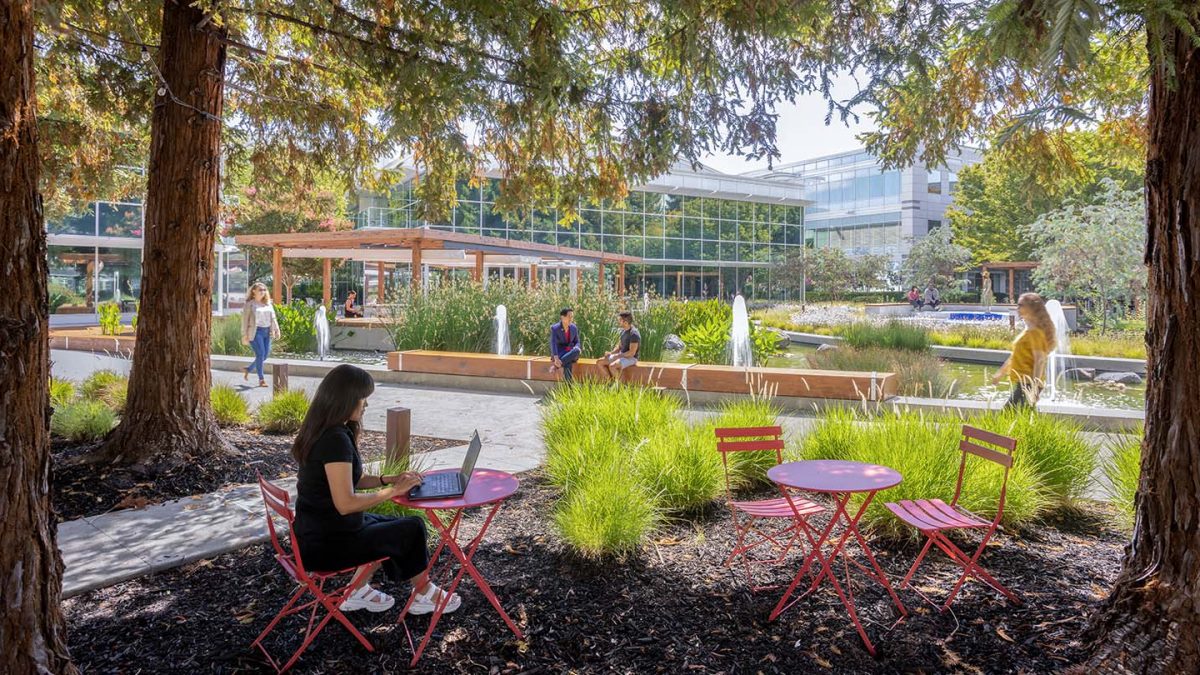
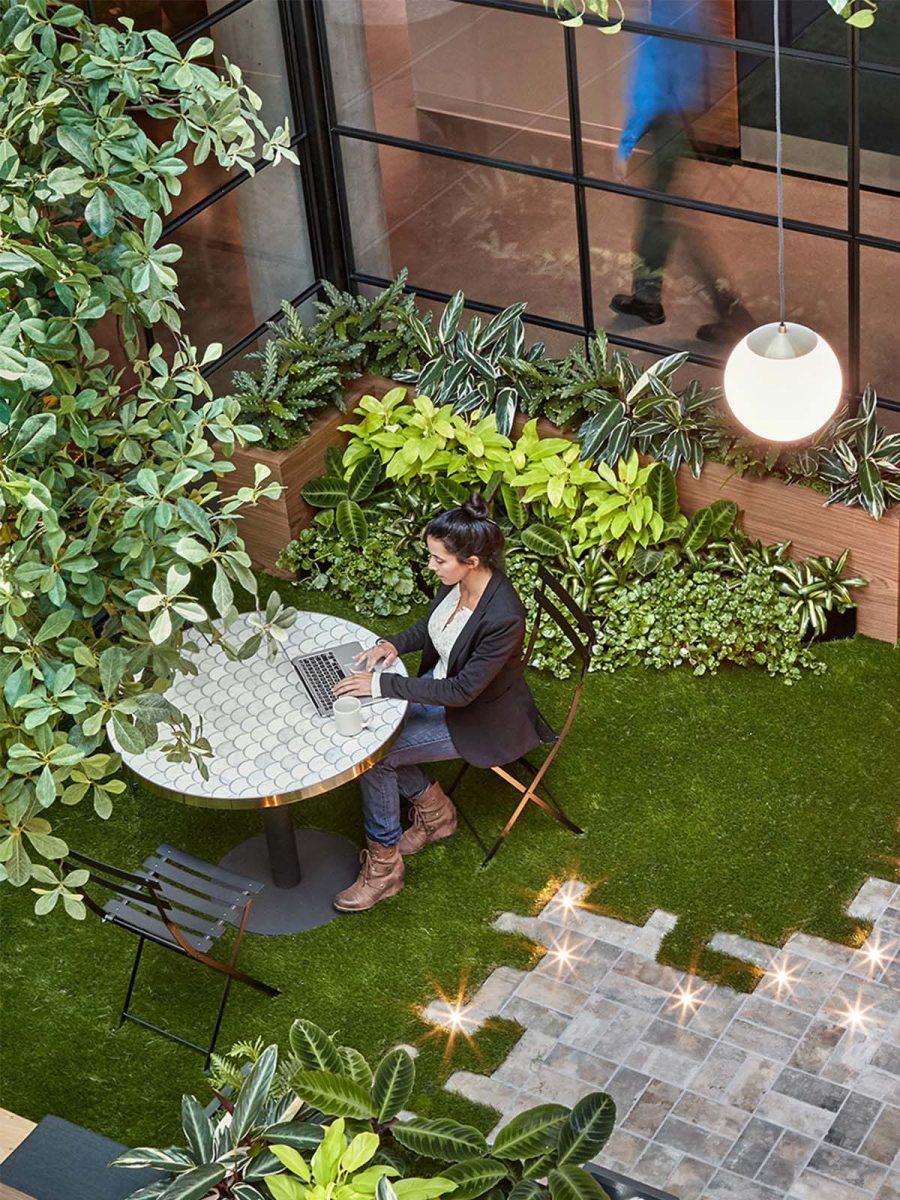
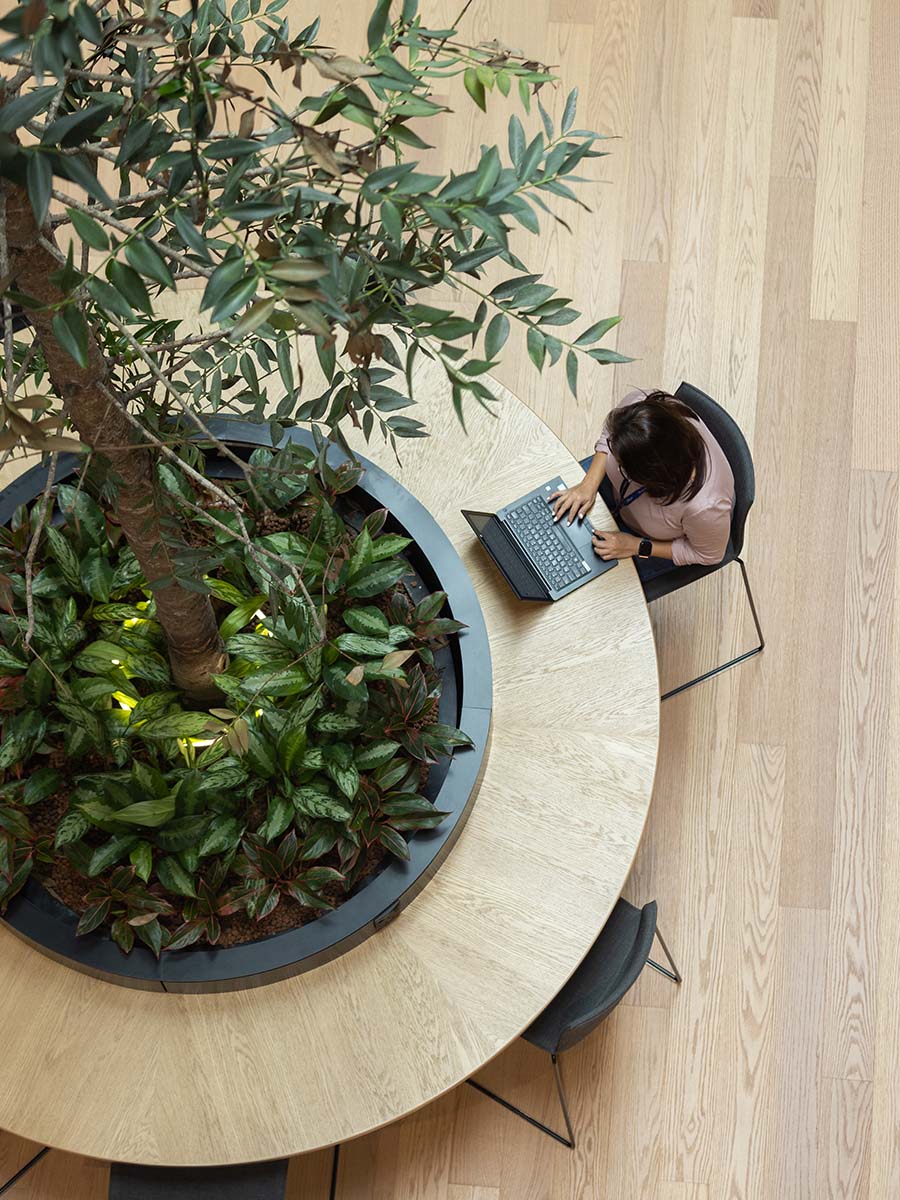
Private offices are a fixed solution for employees requiring a quiet area to concentrate or handle sensitive tasks. These rooms offer an exclusive space for uninterrupted work on individual or confidential projects.
However, designing such spaces comes with increased costs and environmental considerations. More private offices mean more partitions, which can escalate both financial and carbon footprints.
Despite the decline in popularity of traditional cellular office layouts, it’s essential to base space planning on the specific operational needs of the business rather than current trends. There has been a noticeable shift towards shared and bookable offices, particularly suitable for organizations adopting a hybrid work model. These flexible spaces provide a practical compromise, ensuring availability when needed without the continuous resource commitment of permanent offices.
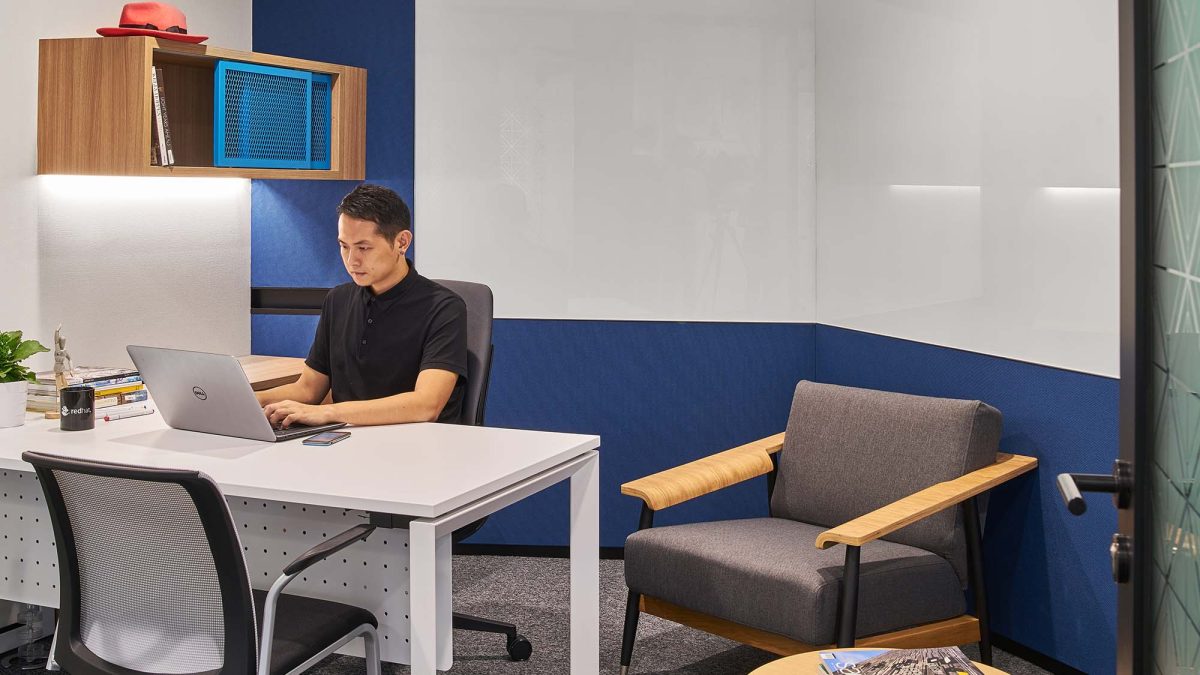
In conclusion, the design of your Vancouver workspace can profoundly influence productivity. By integrating diverse types of focus spaces, businesses can foster an environment that enhances efficiency while minimizing stress and anxiety.
Contact our Vancouver workplace strategy and design teams to develop a setting that empowers your employees to excel in their work.